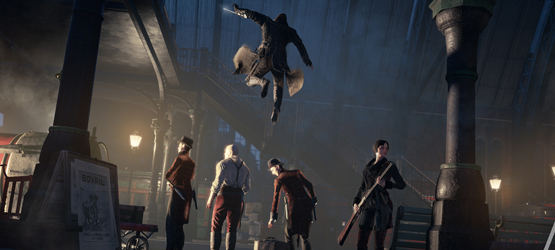
Assassin’s Creed has been a divisive series lately. While Unity was well-received by us, other critics had multiple issues with the game. Has Ubisoft taken these varying experiences into consideration, and produced something of the same caliber? Or is this one of those “off” years for the venerable franchise? Let’s take a look.
Double Trouble
This time around, you play as Jacob and Evie Frye, twins who were born into the Creed and live to serve it. In reality, you actually play as an “Initiate” – the “modern” world isn’t really seen much except in cutscenes. That modern storyline has really taken a backseat, and if you’ve not played each Assassin’s Creed game up until this point things will be a bit confusing there. Most of your time will be spent liberating the boroughs of London from the tyranny of Crawford Starrick, a notorious Templar who is out to control the city, and by extension the world. It’s pretty standard fare for the series. The storyline isn’t nearly as epic as it was in the Ezio Auditore days, and the entire thing feels like one big gang war with some throwbacks to the older games tossed in as an afterthought.
That being said, Syndicate does mark the first time that you have two controllable protagonists. Jacob is a hothead, since he is eager to earn fame and power with his new gang dubbed “The Rooks.” Evie, on the other hand, is more reserved, and desires to track down artifacts of Eden in order to keep them from the hands of the Templars. As you could probably guess, Jacob plays a more combat-focused role; he can take more hits before needing to flee, and has a brutal combat style. Evie, meanwhile, plays more cunningly, striking from a distance and only using close-quarters combat as a last resort. Both characters share experience and income, but have separate skill sets, weapons, outfits and accessories that can be upgraded and crafted as you progress. Unlock enough skills, and you level up, which allows you to create newer and better weapons, if you have the necessary materials.

Duet of Death
Multiplayer is gone, but with so many things to do in the city you’ll hardly miss it. Ubisoft Quebec has been able to focus solely on the single-player campaign, and it shows. The city of London circa 1868 has been brought to life, and while crowds tend to be smaller here than they were in Unity, there are still hundreds of people within earshot in a busy intersection that you can watch and interact with. Horse-drawn carriages are now a regular method of transportation, which you can use at any time by simply stealing or hijacking one, Grand Theft Auto style (well, okay, without holding someone up at gunpoint). After a dozen or so hours, the mission types start to repeat, but the adventure is over before it really becomes a chore.
You’ll encounter a slew of new weapons and gadgets, but by far the most useful among them is the grappling gun. By pressing L1 when prompted, you will attach the grapple to the top of a building, and are then free to zipline as quickly or as slowly as you’d like to your destination. This will also include the ability to perform a zipline assassination, which enables you to attack from locations that you wouldn’t normally be able to. “Aiming” the grappling hook is a little awkward at first, because once it is unlocked it is always equipped, so you have to wait for that prompt to pop up, which isn’t always all that reliable. You get used to its nuances, though, and soon are performing daring escapes that would make Batman proud.
Familiar Fighting
Combat is a lot like past Assassin’s Creed games, and hasn’t really changed much. You mostly have to be mindful that you don’t go into combat like a raging lunatic — instead, allowing the fight to ebb and flow as you trade hits with the enemy is the surest way to stay alive. Expect to fight the camera from time to time when in close-quarters combat; I’ve died a few times because I could not see the prompt that occurs when an enemy is about to hit. Facing an enemy who’s only two or three levels above your character’s level can be a challenge, and as in games past your best option is to assassinate them when they don’t see it coming.
Now, graphically, Assassin’s Creed Syndicate appears impressive. The sheer scale of the densely-packed city of London is formidable. There’s a fully-working train system, and traffic includes dozens of NPC-controlled carriages and boats. Citizens walk and run around, though they don’t seem to have much purpose other than being in the background. They also don’t appear to react as much to your actions as in previous games. In other words, this open city feels less lived-in than other games, like say Ubisoft’s own Watch Dogs. Audio also feels more geared towards your player’s actions, as in my opinion background characters are a bit too soft.
Assassin’s Creed Syndicate is a safe entry in the franchise. This is the second next-gen-only game in the series, so technical hiccups are fewer and less severe. While the story takes a back seat for a lot of your gang warfare, what’s there is actually entertaining, though if you’ve not been following each game leading up to this point the modern storyline will be a little confusing. Still, with solid combat, a very fun grappling hook gun, a wonderful recreation of Victorian-era London, and a pure focus on the single-player campaign, Assassin’s Creed has returned to its roots, and hopefully this has set the stage for something epic as the series used to be known for.
Review code for Assassin’s Creed Syndicate provided by publisher. Reviewed on PlayStation 4. For more information on scoring, please read our Review Policy here.
-
A return to the series' roots
-
Wonderful recreation of Victorian London
-
Zipline gun speeds up travel
-
AI needs some work
-
Occasional display glitches
-
Camera can fight you
Assassins Creed Syndicate Review
-
Assassins Creed Syndicate Review 01

-
Assassins Creed Syndicate Review 02
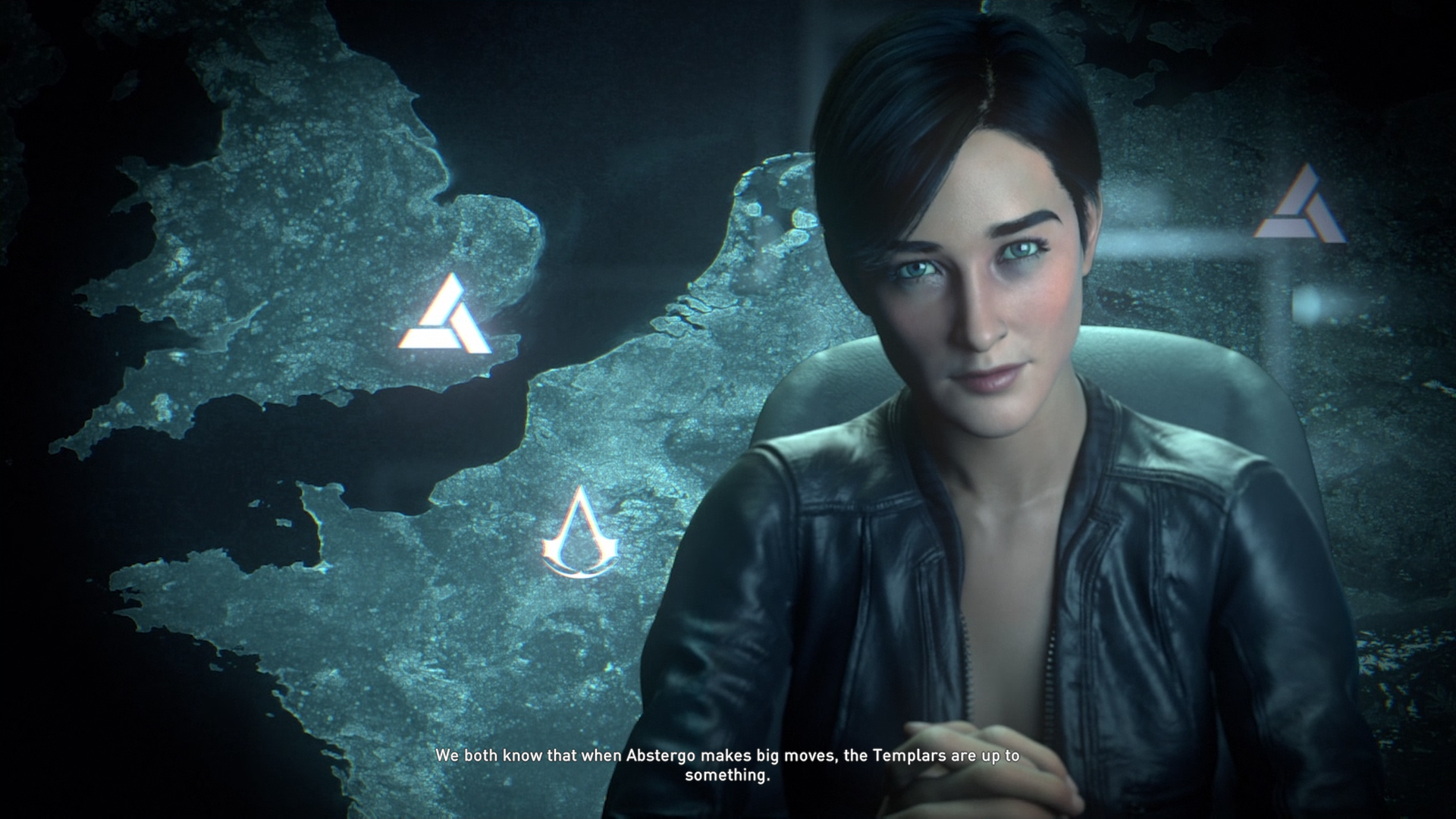
-
Assassins Creed Syndicate Review 03
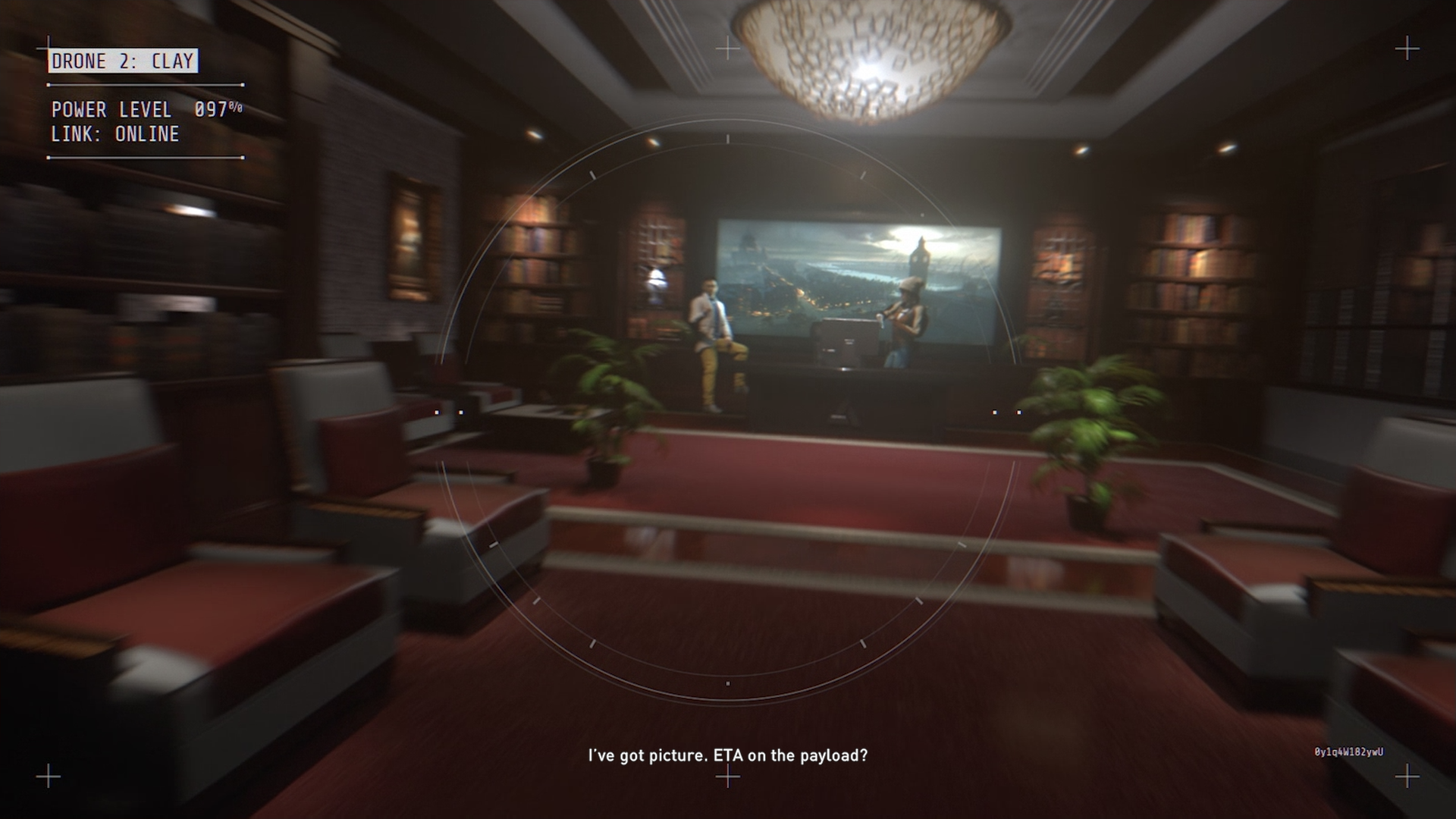
-
Assassins Creed Syndicate Review 04
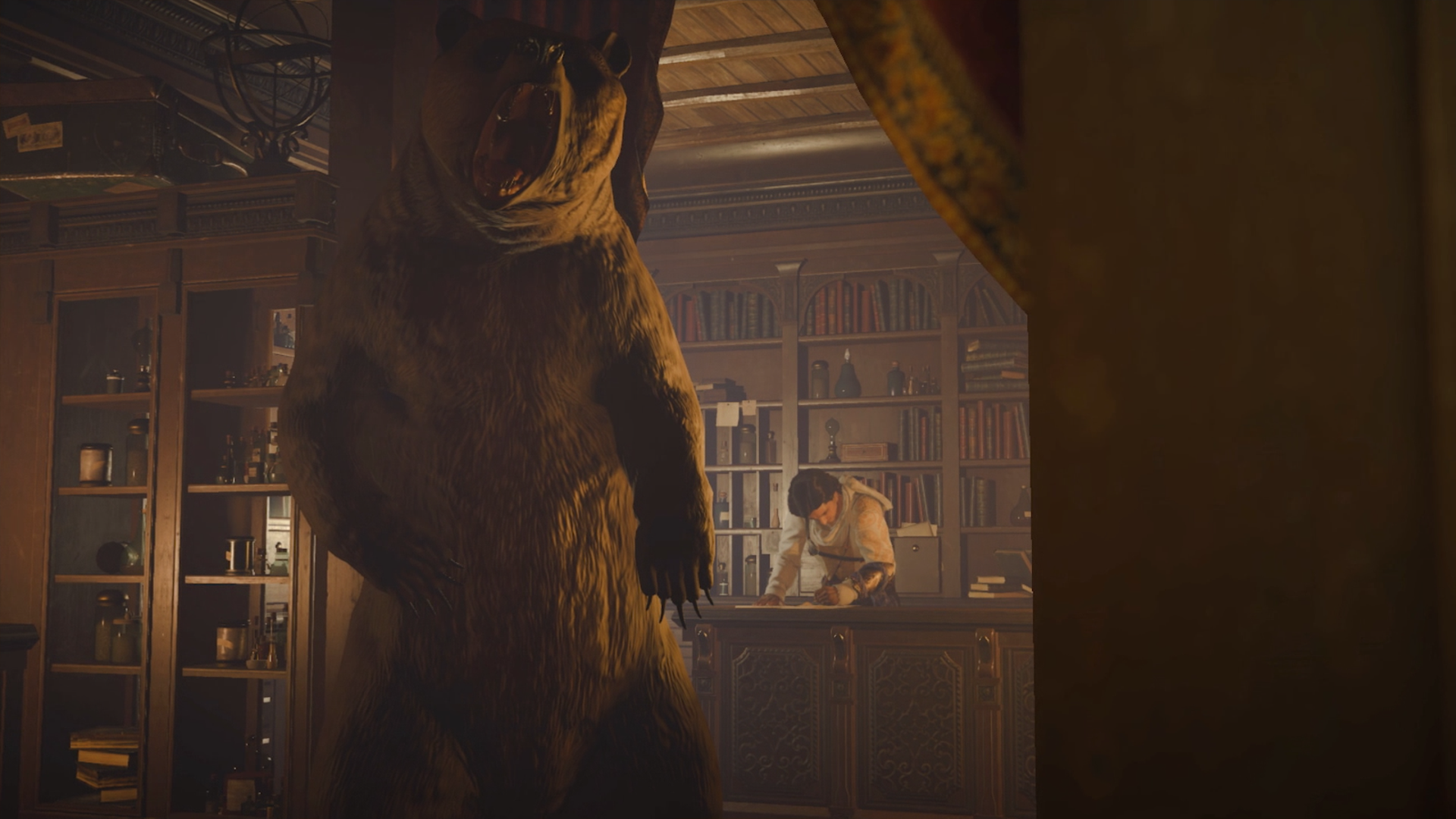
-
Assassins Creed Syndicate Review 05

-
Assassins Creed Syndicate Review 06
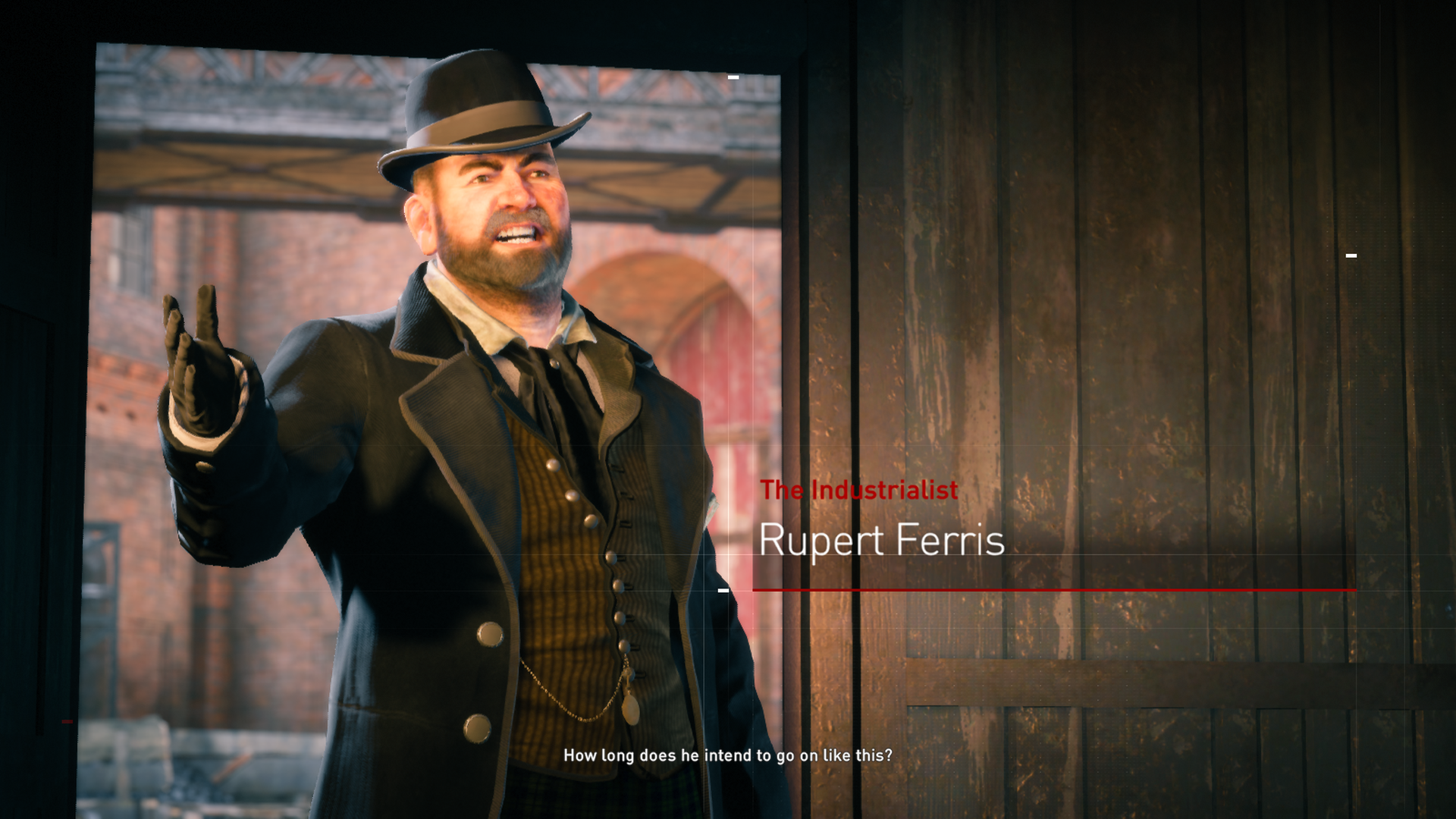
-
Assassins Creed Syndicate Review 07
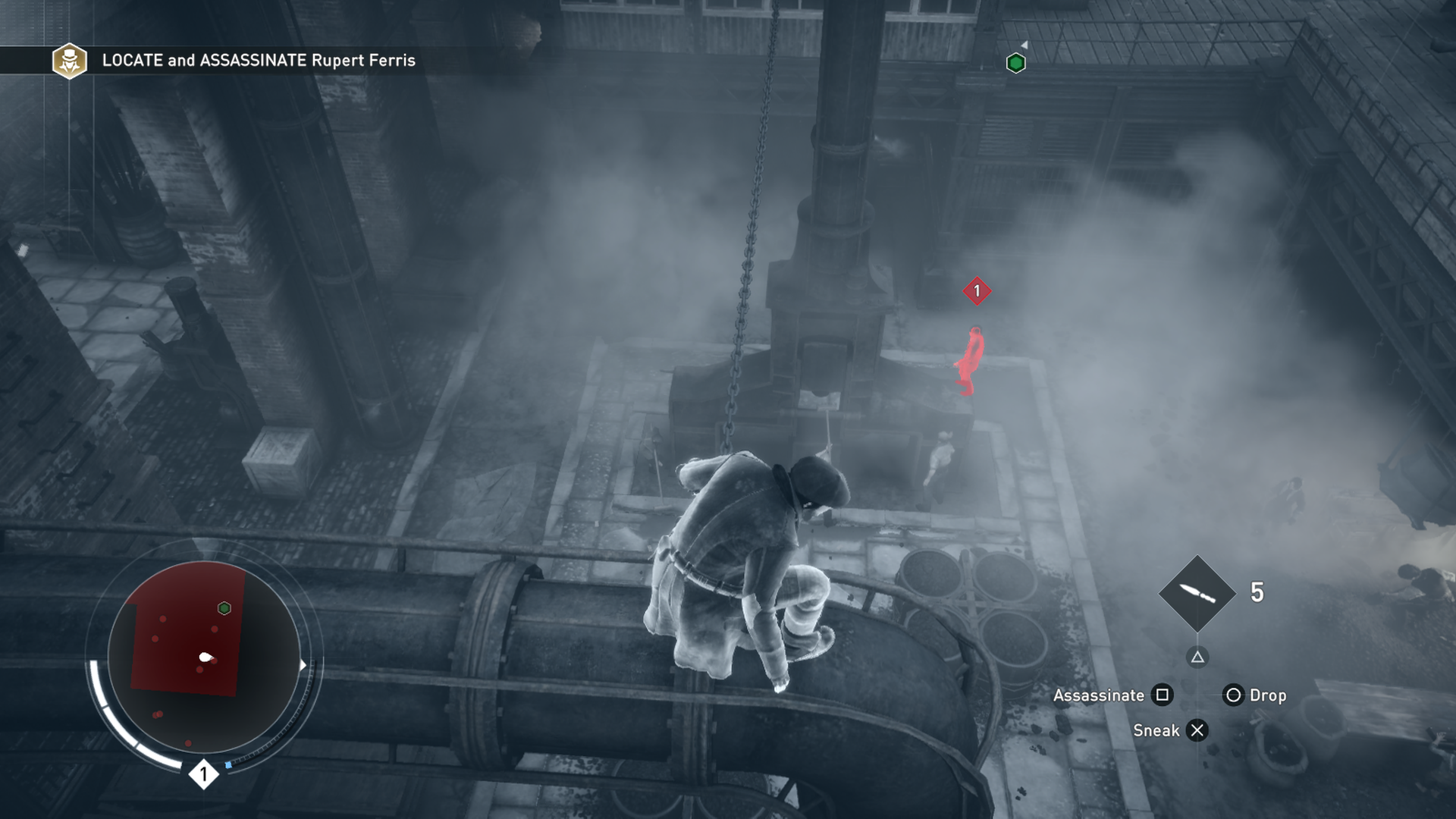
-
Assassins Creed Syndicate Review 08
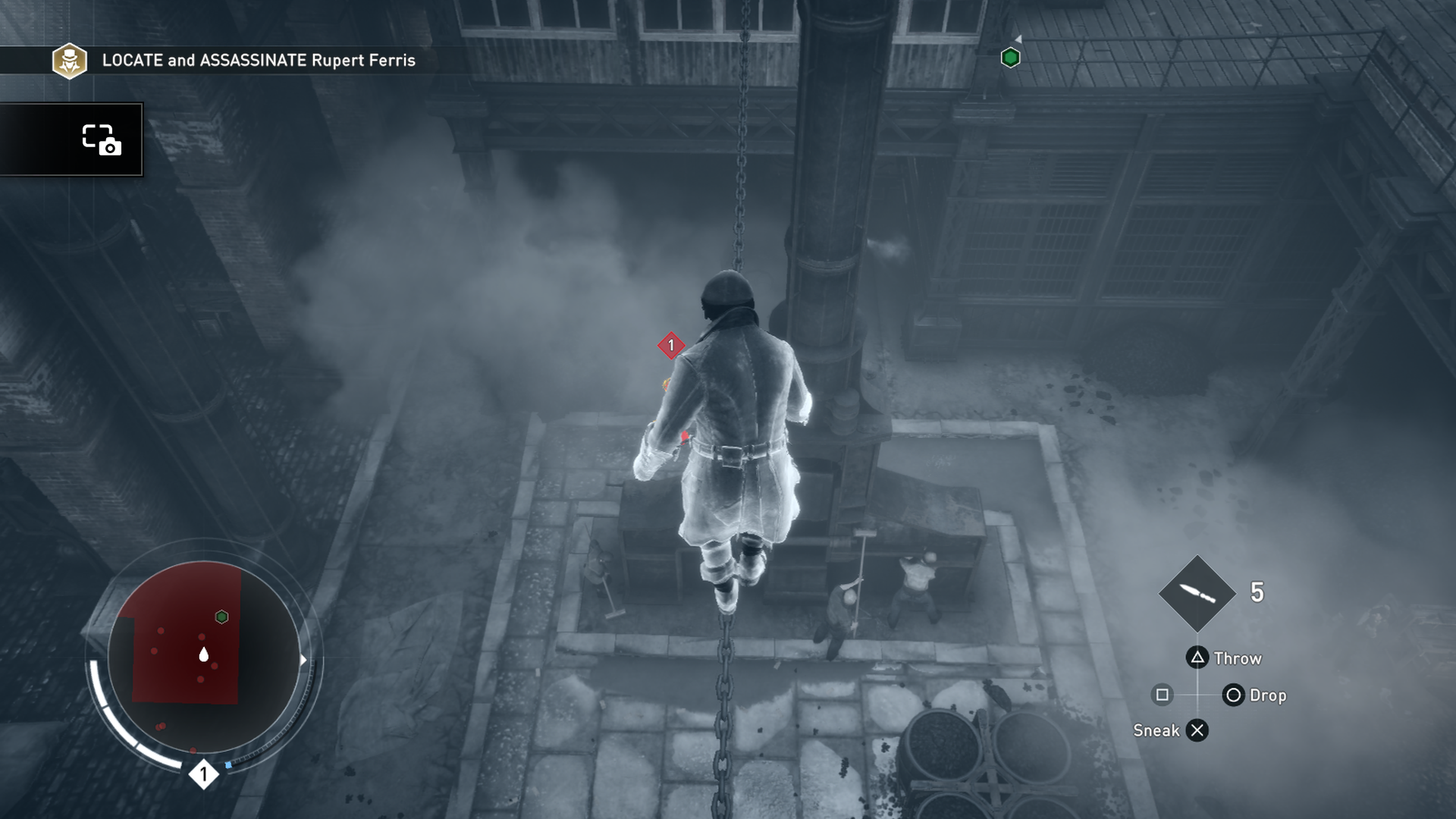
-
Assassins Creed Syndicate Review 09

-
Assassins Creed Syndicate Review 10

-
Assassins Creed Syndicate Review 11
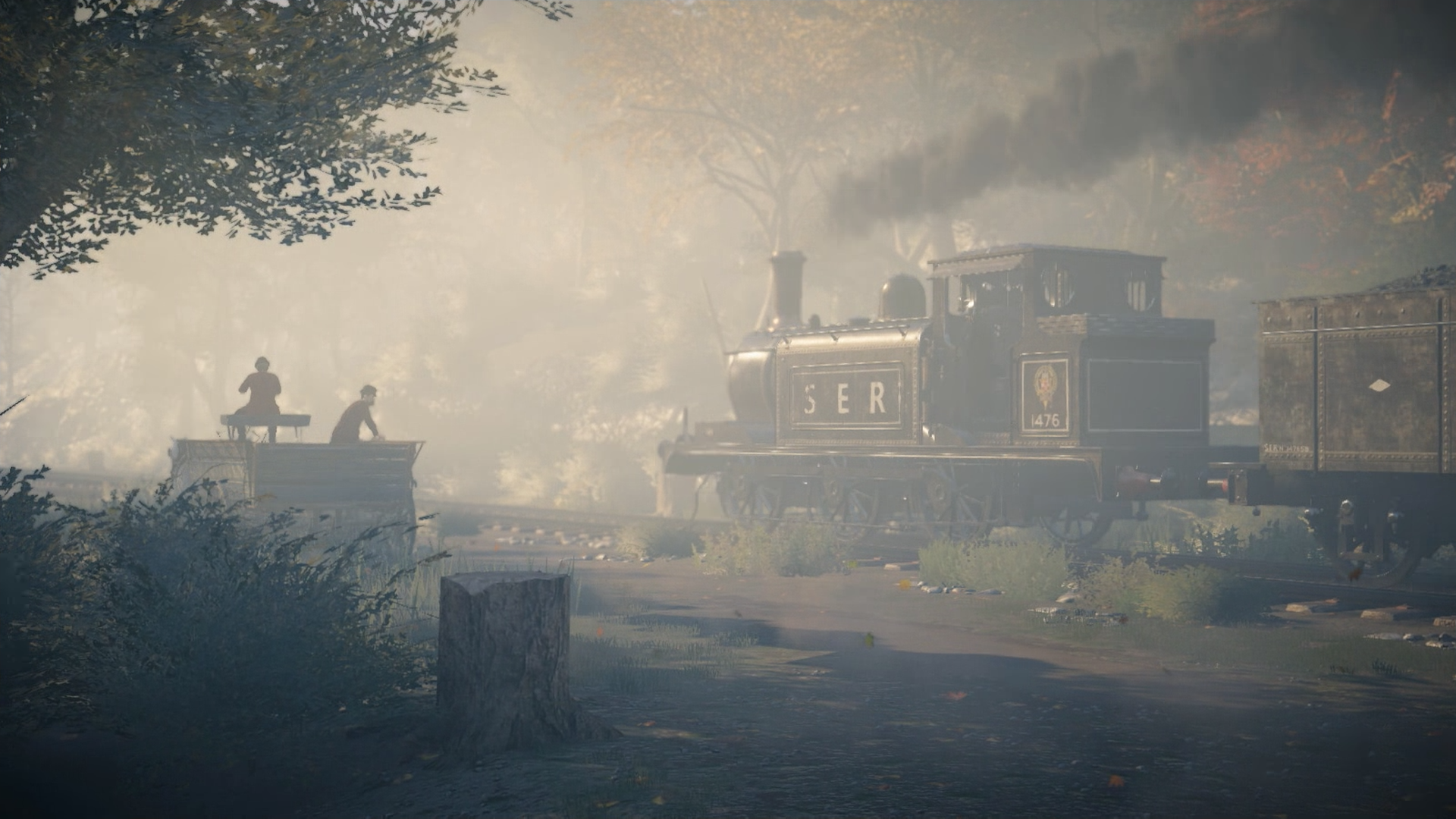
-
Assassins Creed Syndicate Review 12
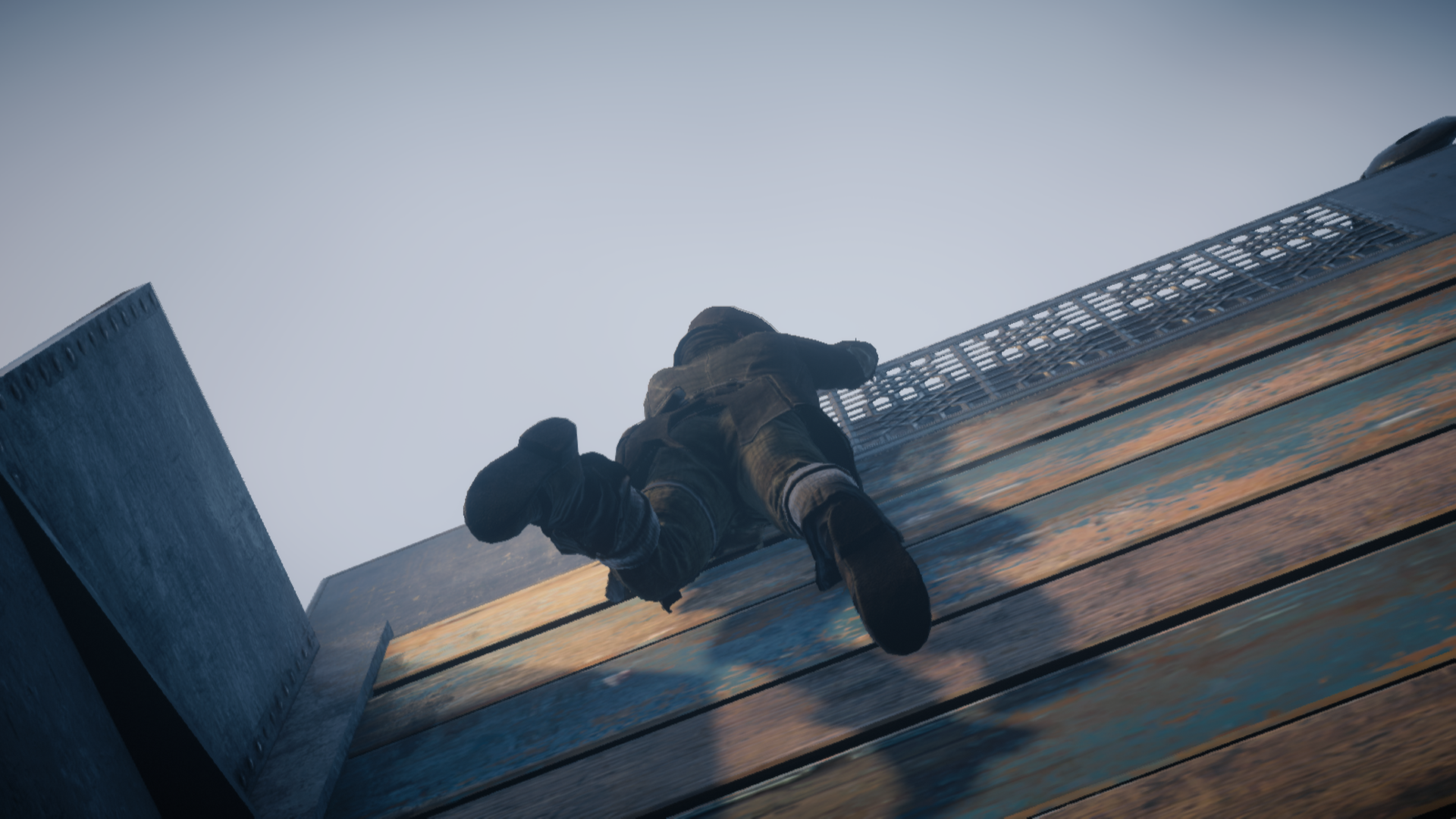
-
Assassins Creed Syndicate Review 13
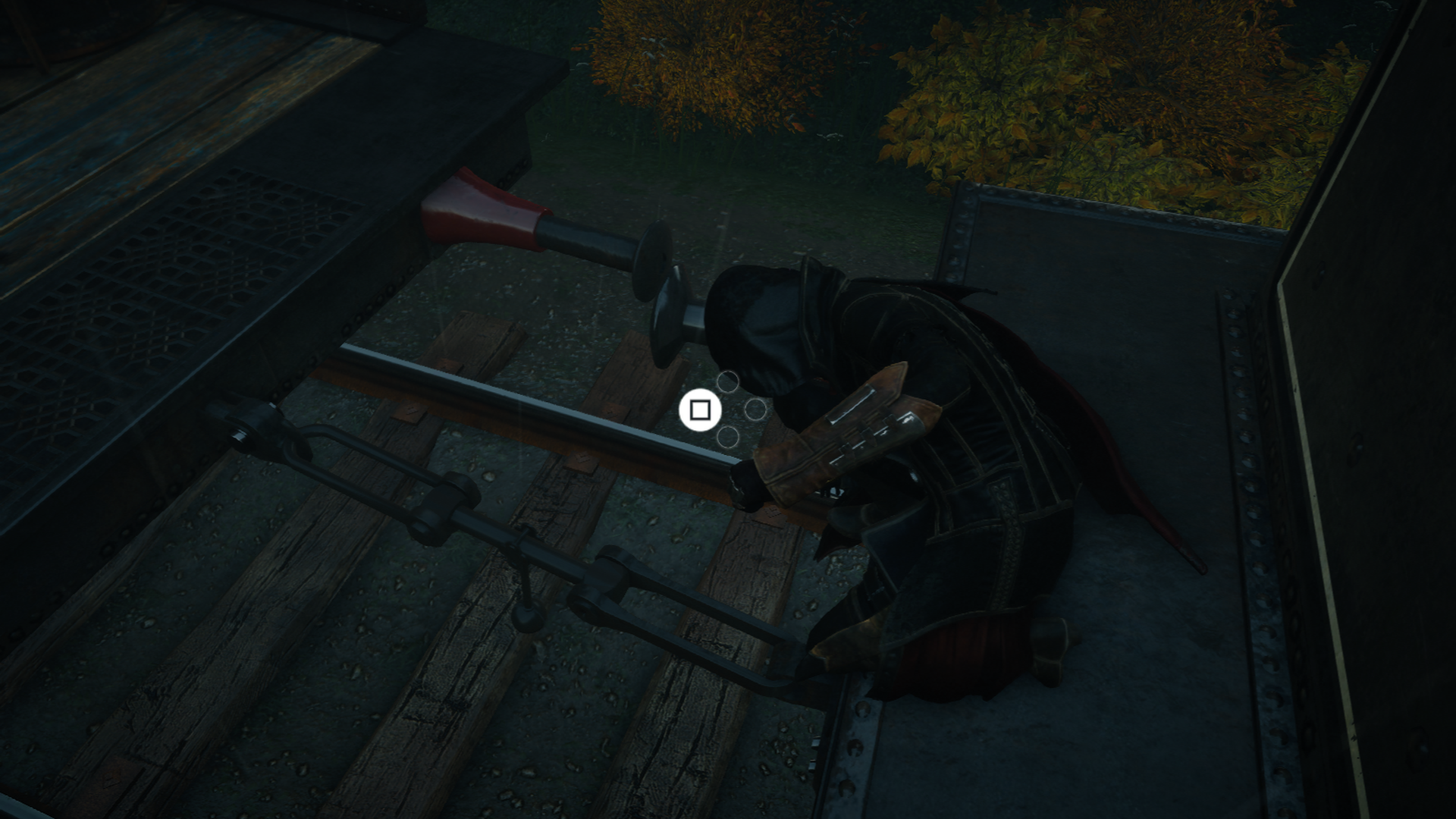
-
Assassins Creed Syndicate Review 14
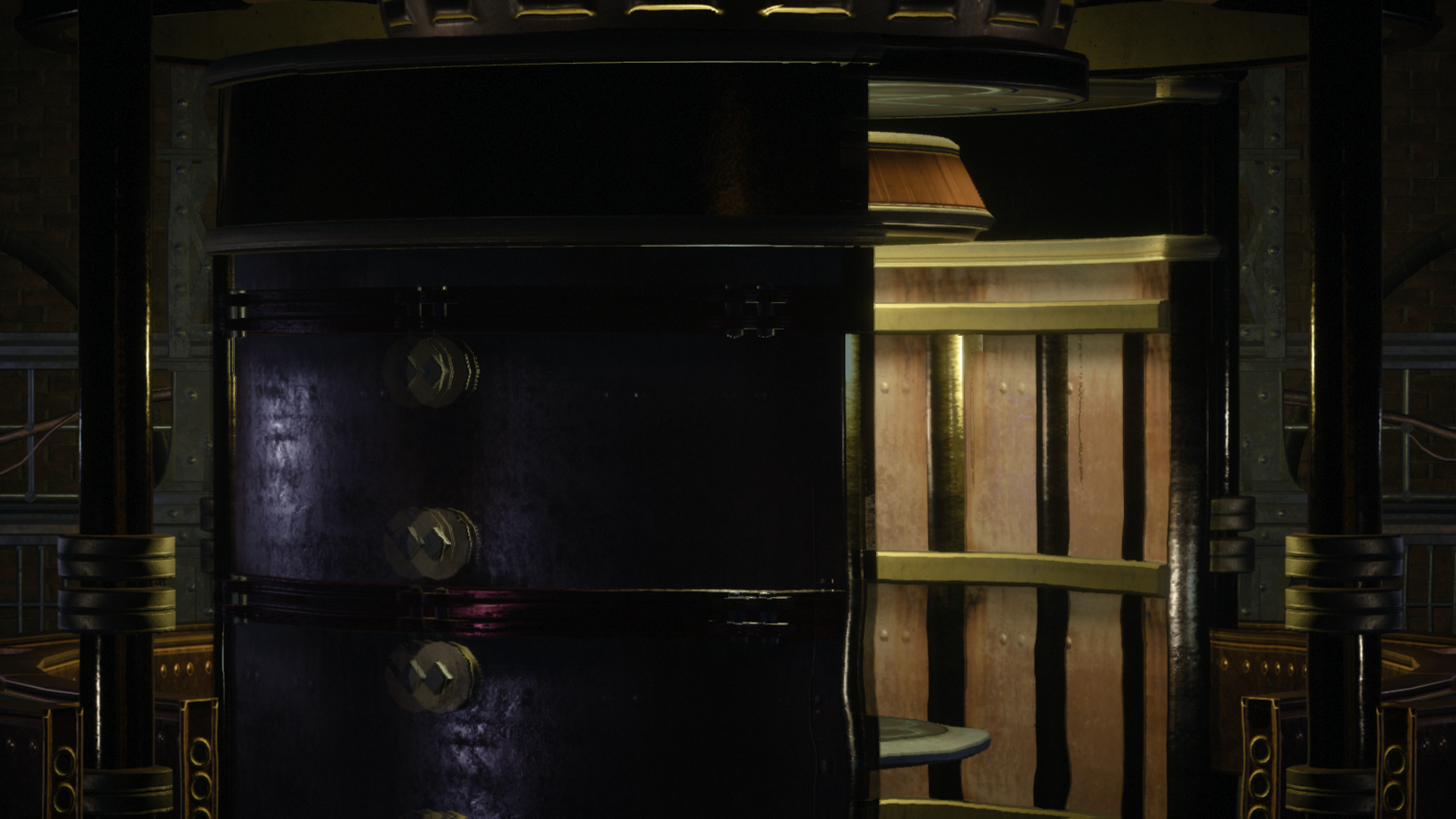
-
Assassins Creed Syndicate Review 16
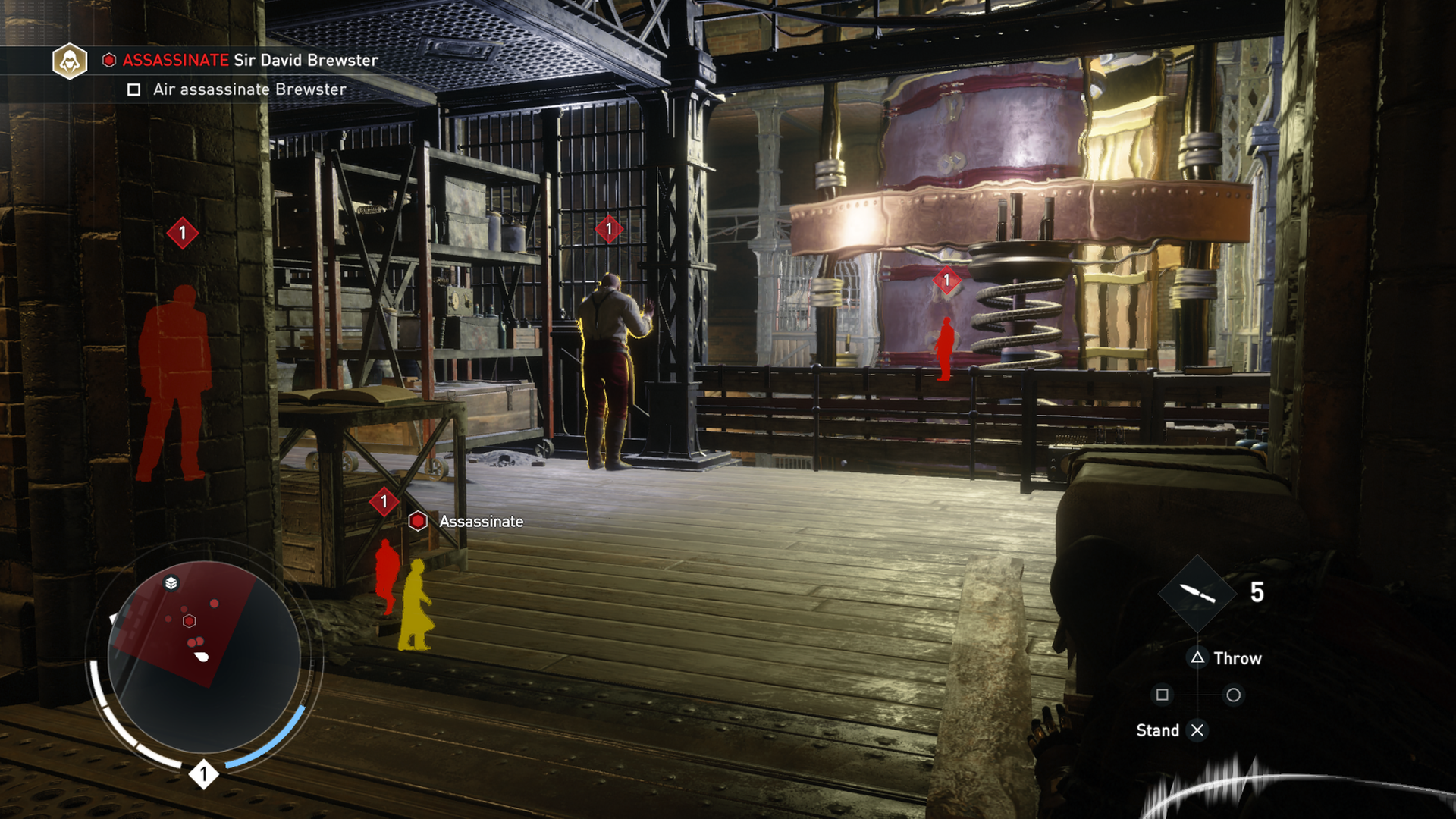
-
Assassins Creed Syndicate Review 17
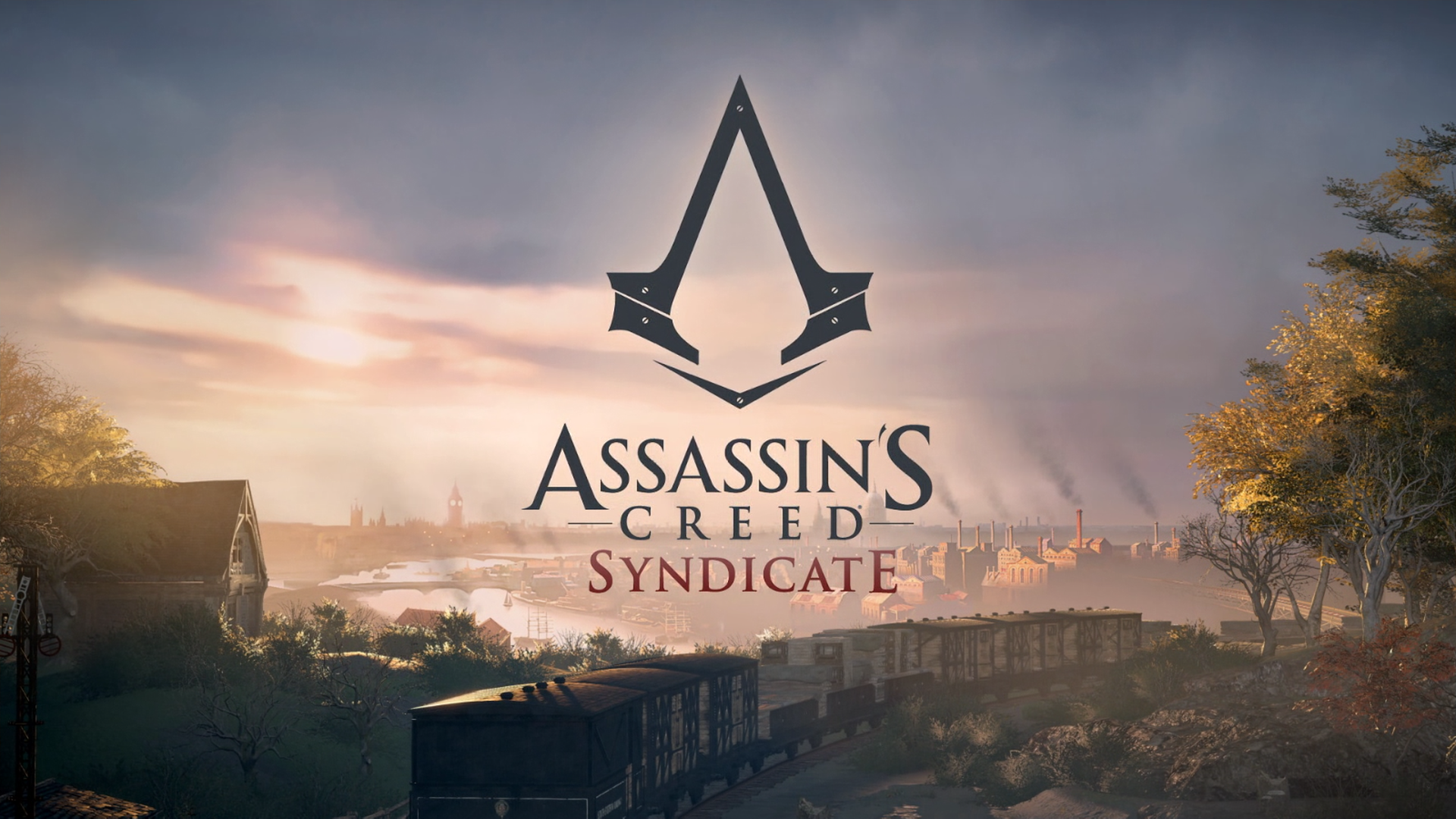
-
Assassins Creed Syndicate Review 18
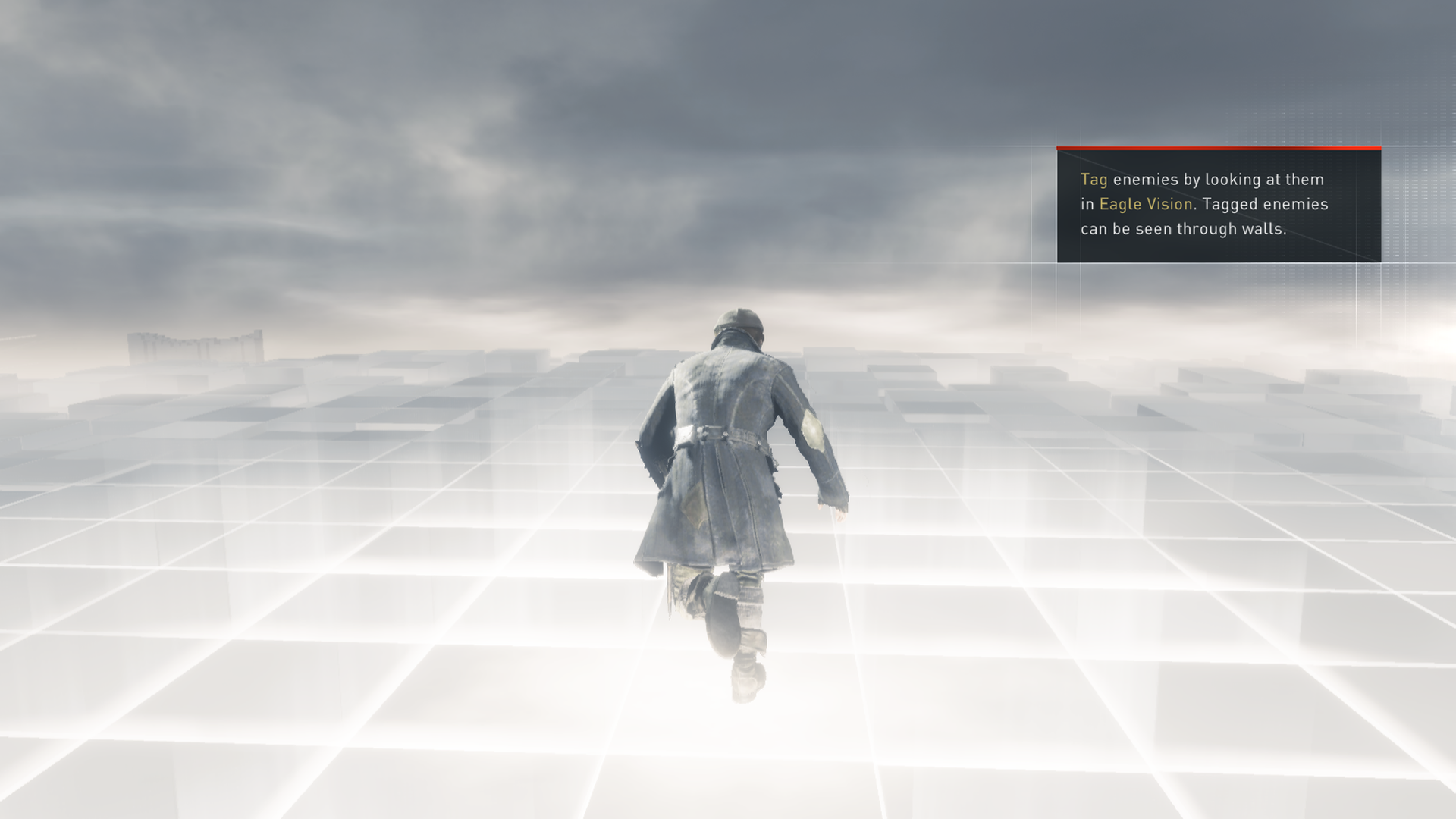
-
Assassins Creed Syndicate Review 19

-
Assassins Creed Syndicate Review 20
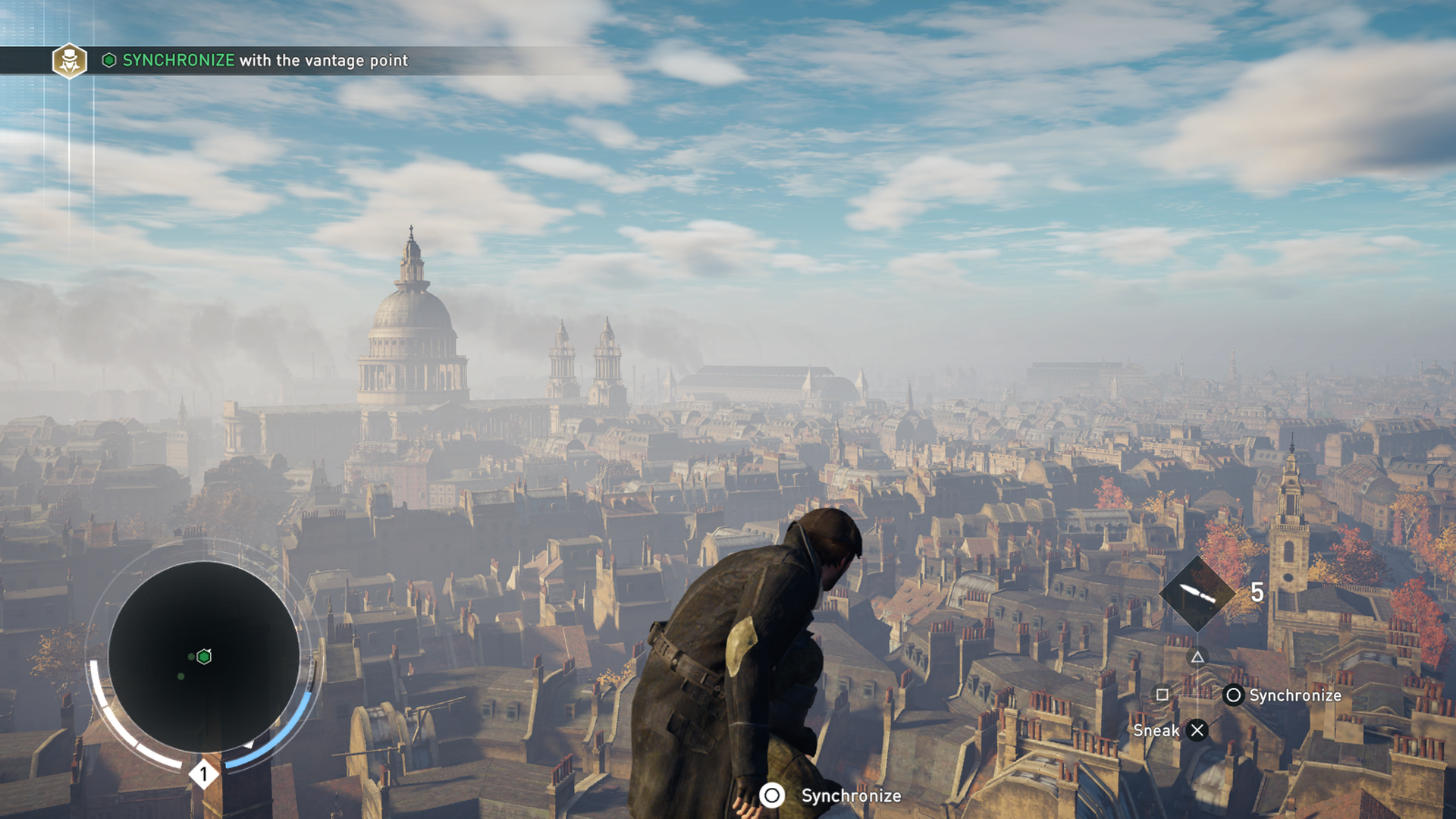
-
Assassins Creed Syndicate Review 21
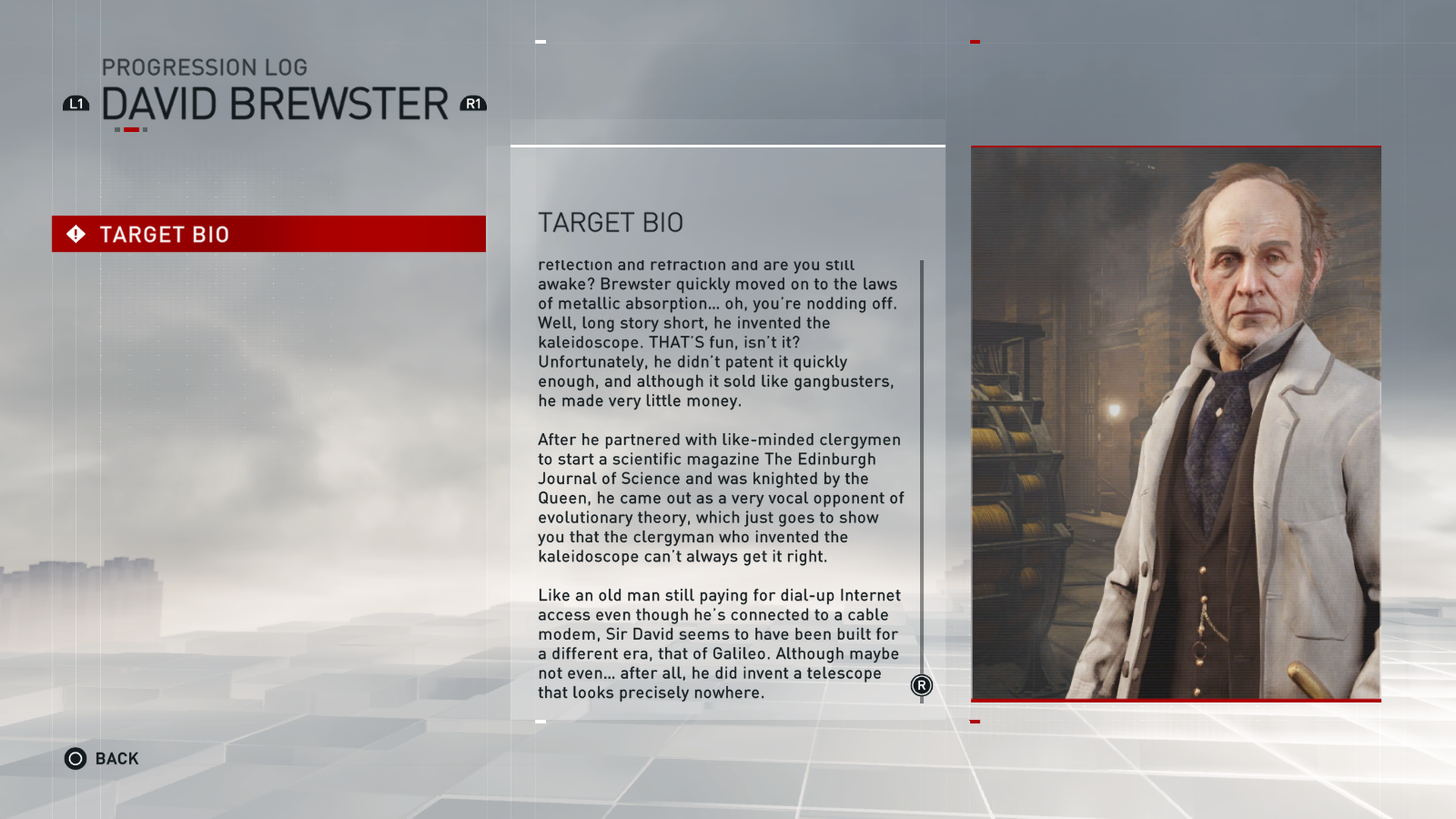
-
Assassins Creed Syndicate Review 22
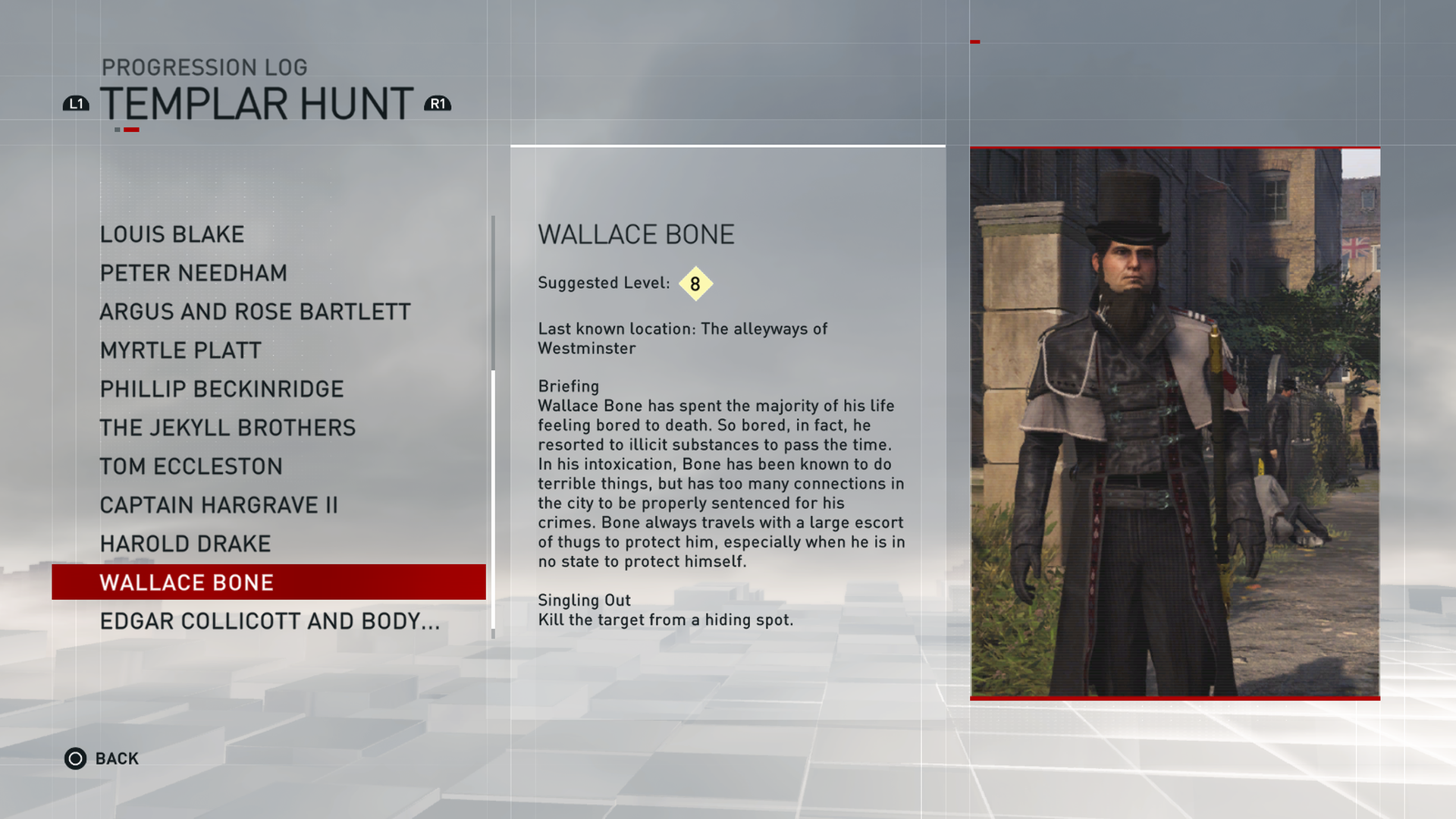
-
Assassins Creed Syndicate Review 23
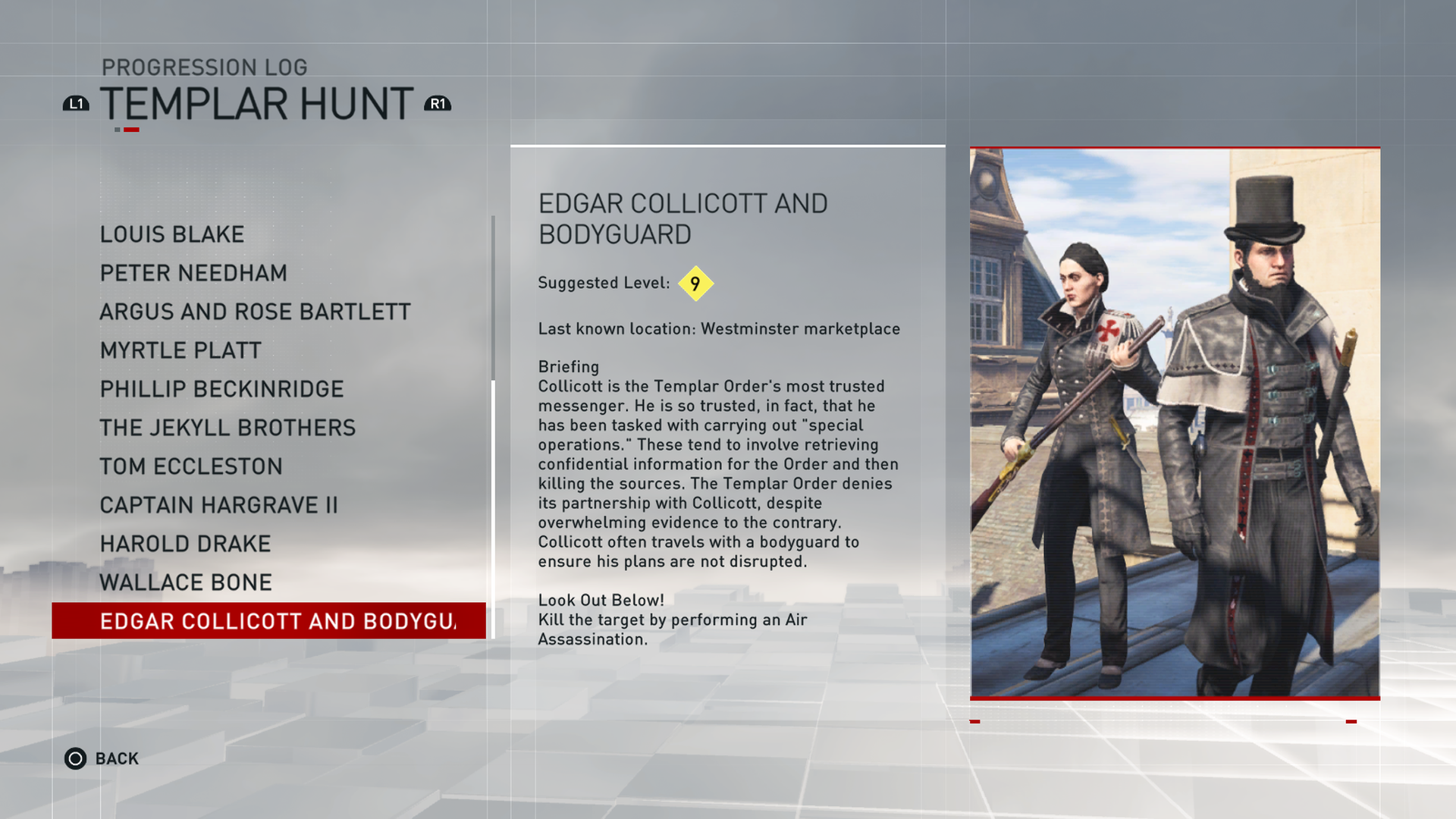
-
Assassins Creed Syndicate Review 24

-
Assassins Creed Syndicate Review 25
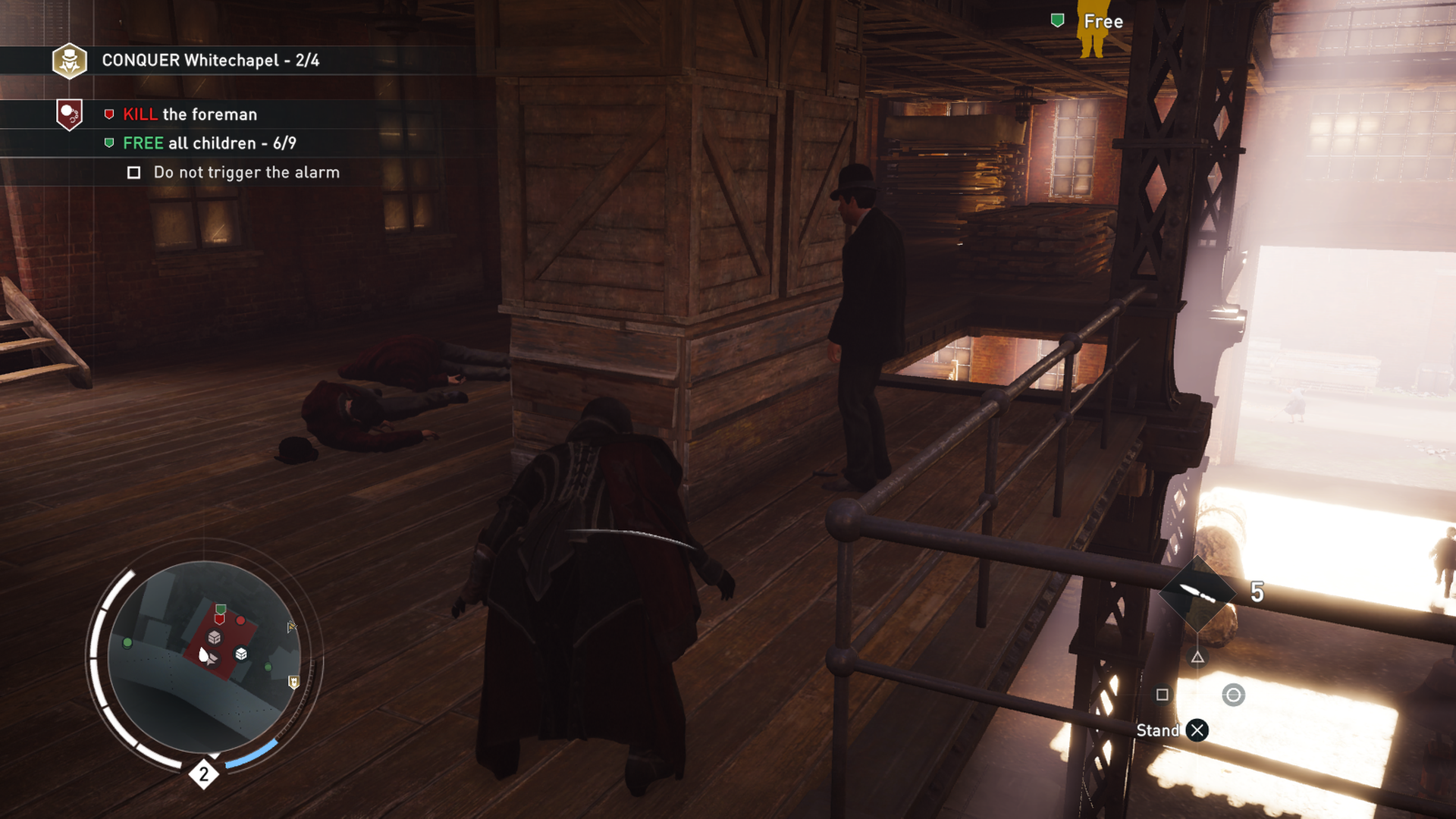
-
Assassins Creed Syndicate Review 26

-
Assassins Creed Syndicate Review 27
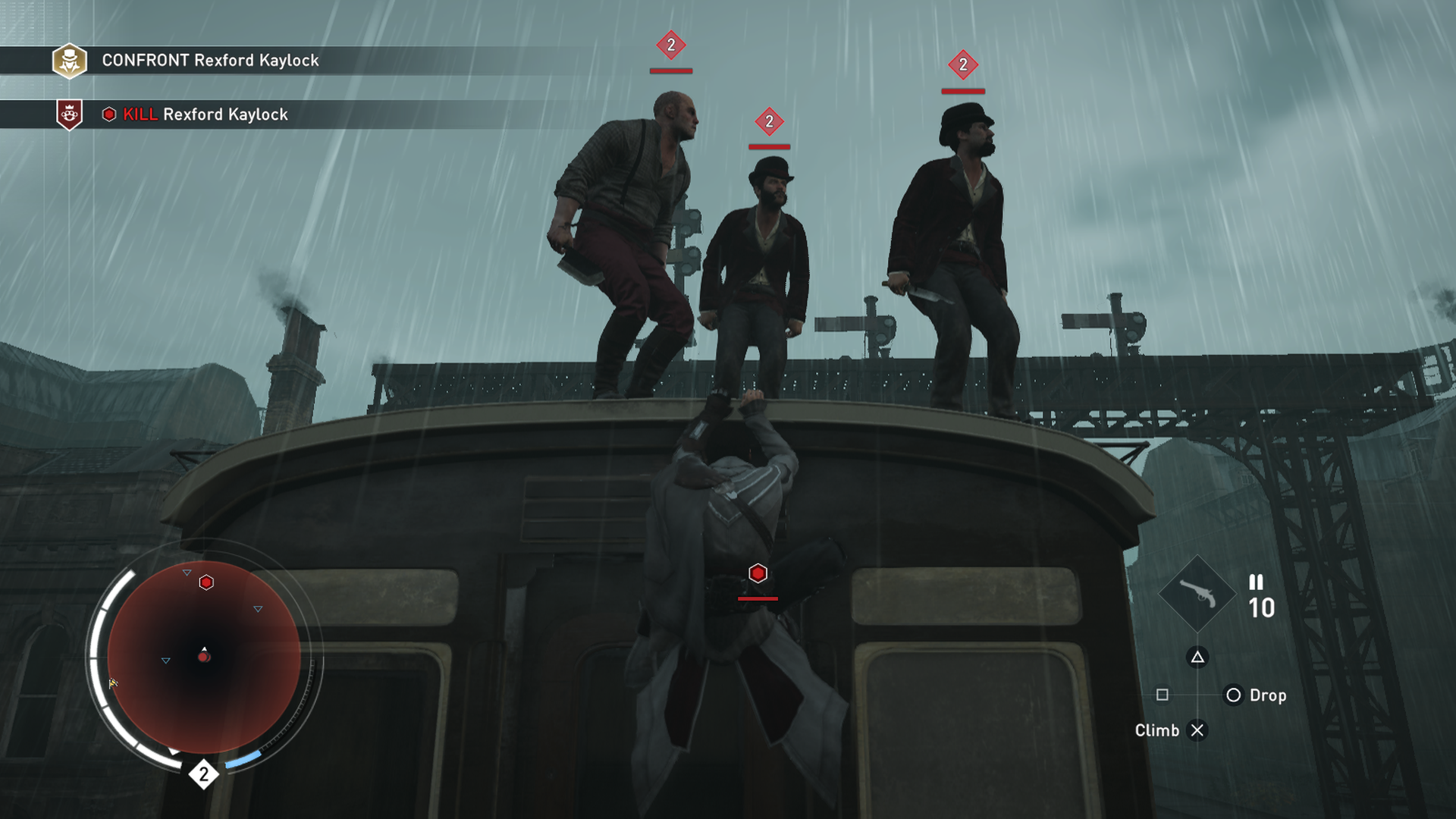
-
Assassins Creed Syndicate Review 28
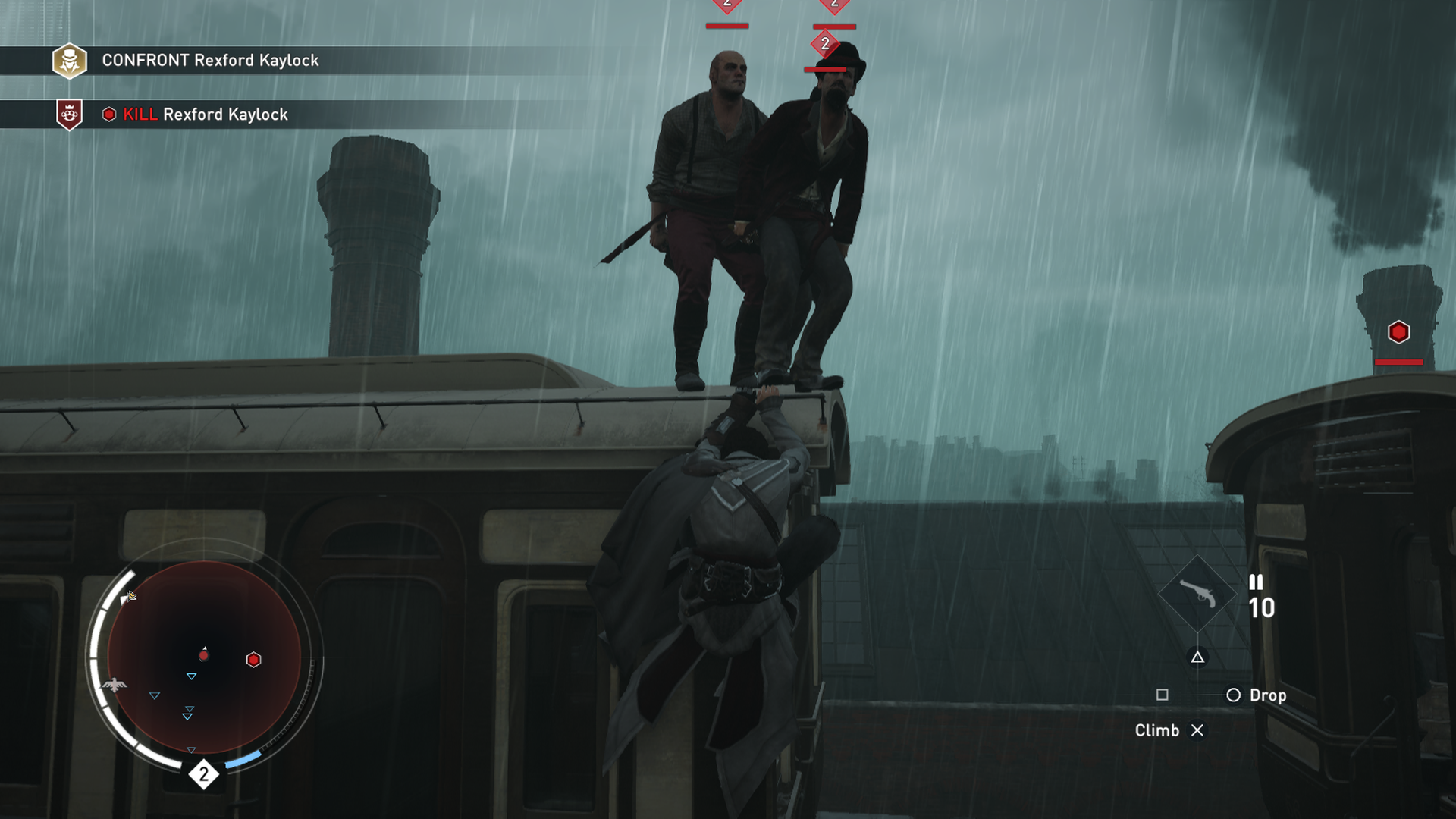
-
Assassins Creed Syndicate Review 29
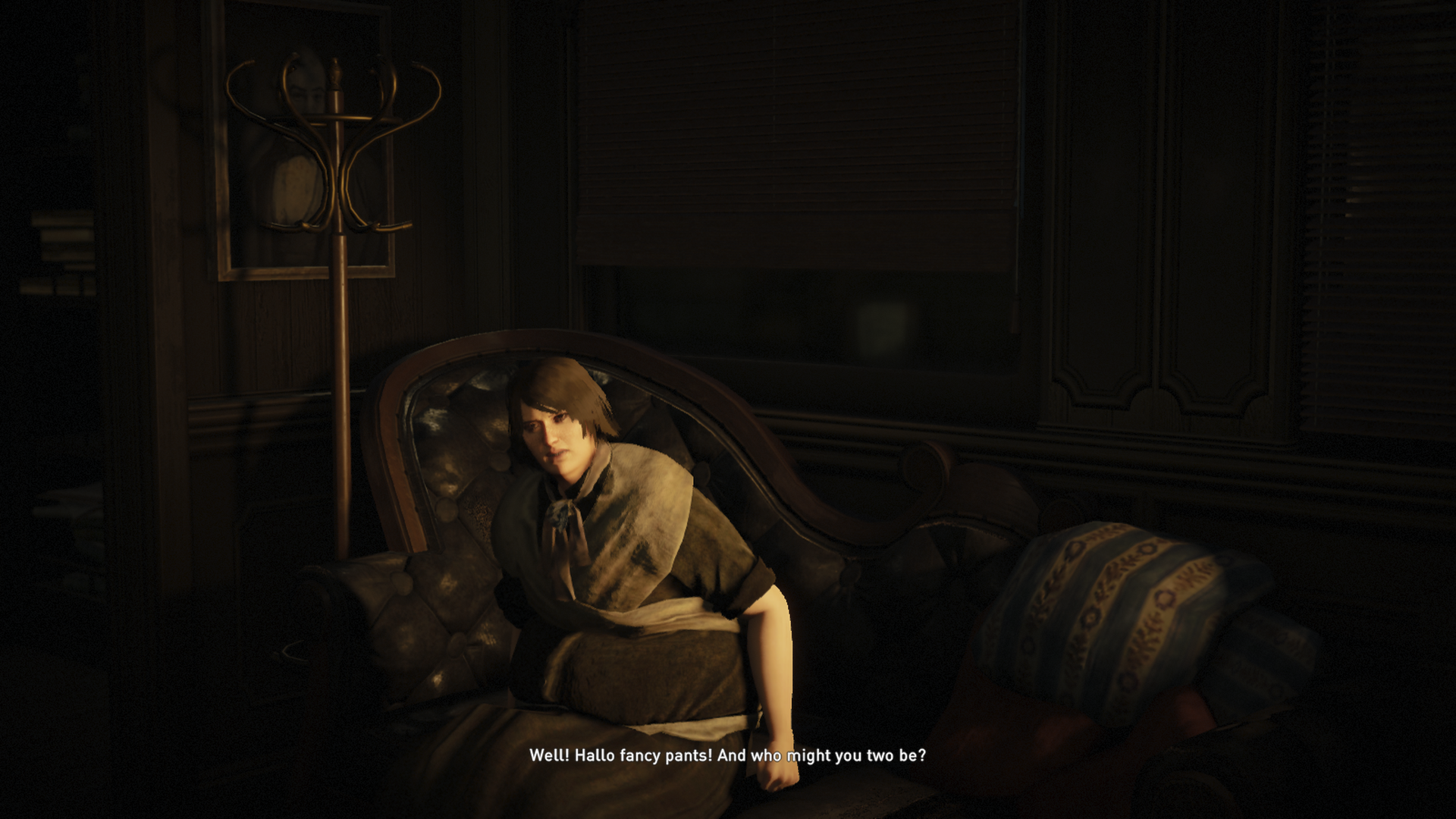
-
Assassins Creed Syndicate Review 34
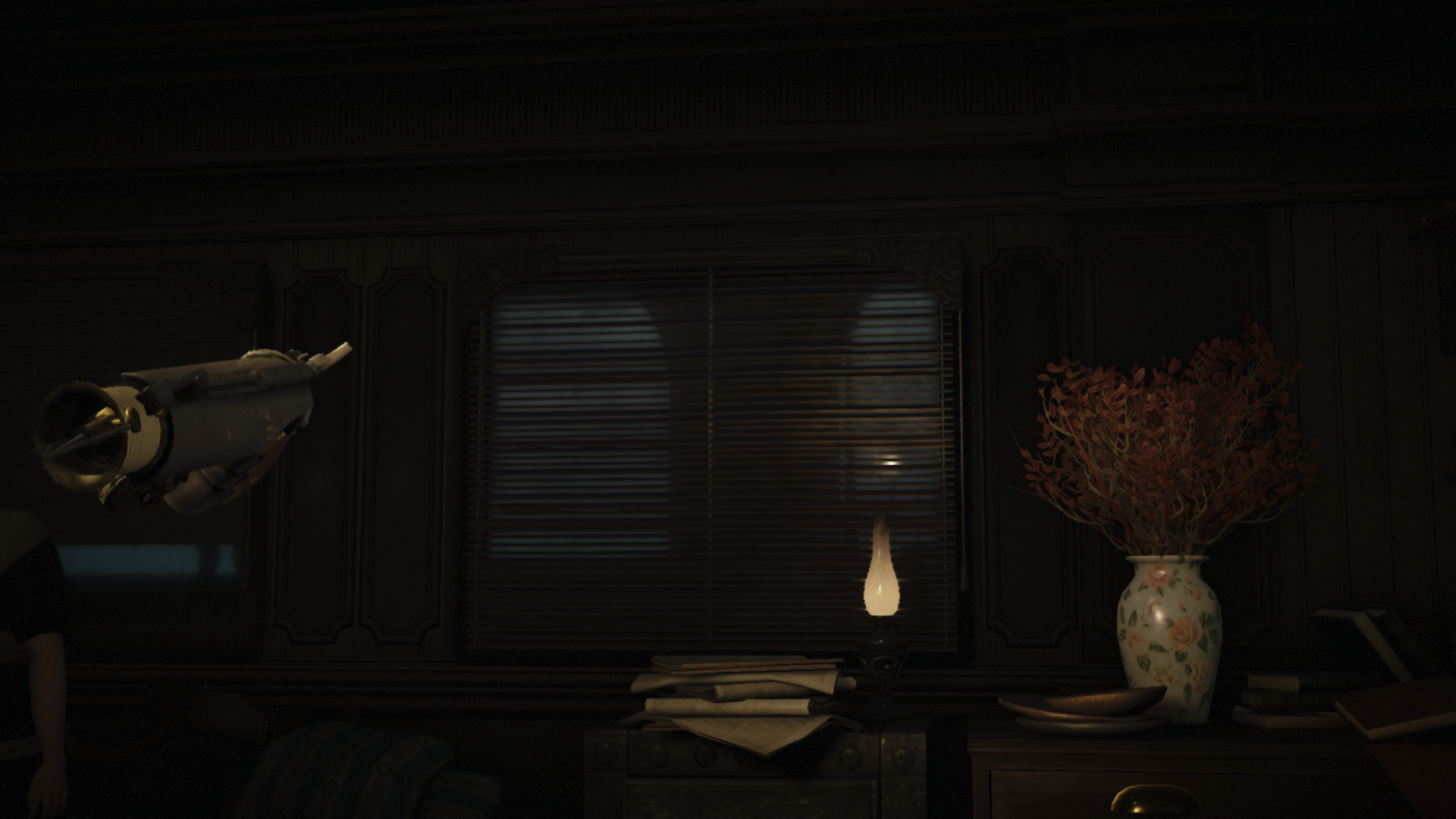
-
Assassins Creed Syndicate Review 35

-
Assassins Creed Syndicate Review 36
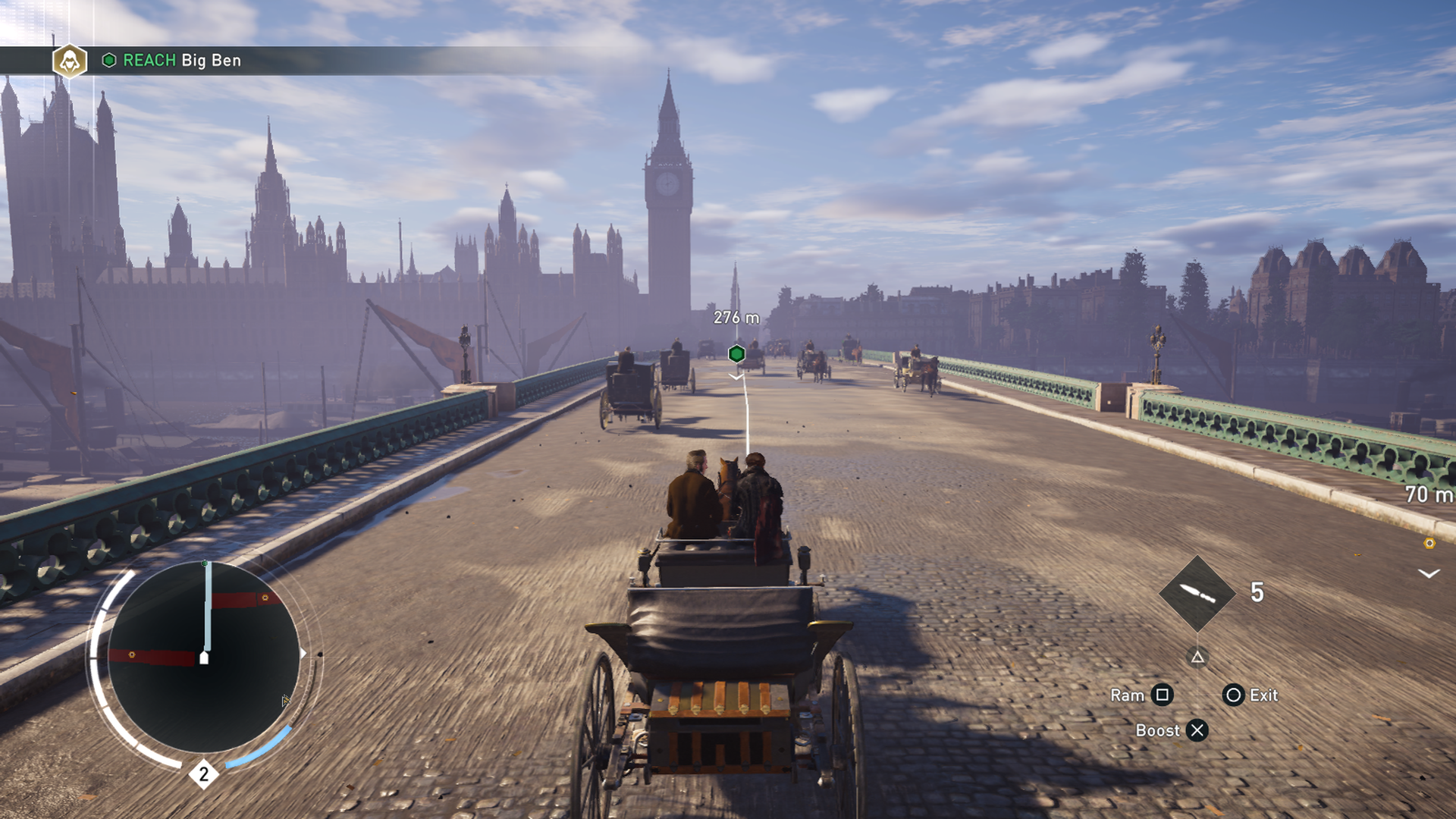
-
Assassins Creed Syndicate Review 37
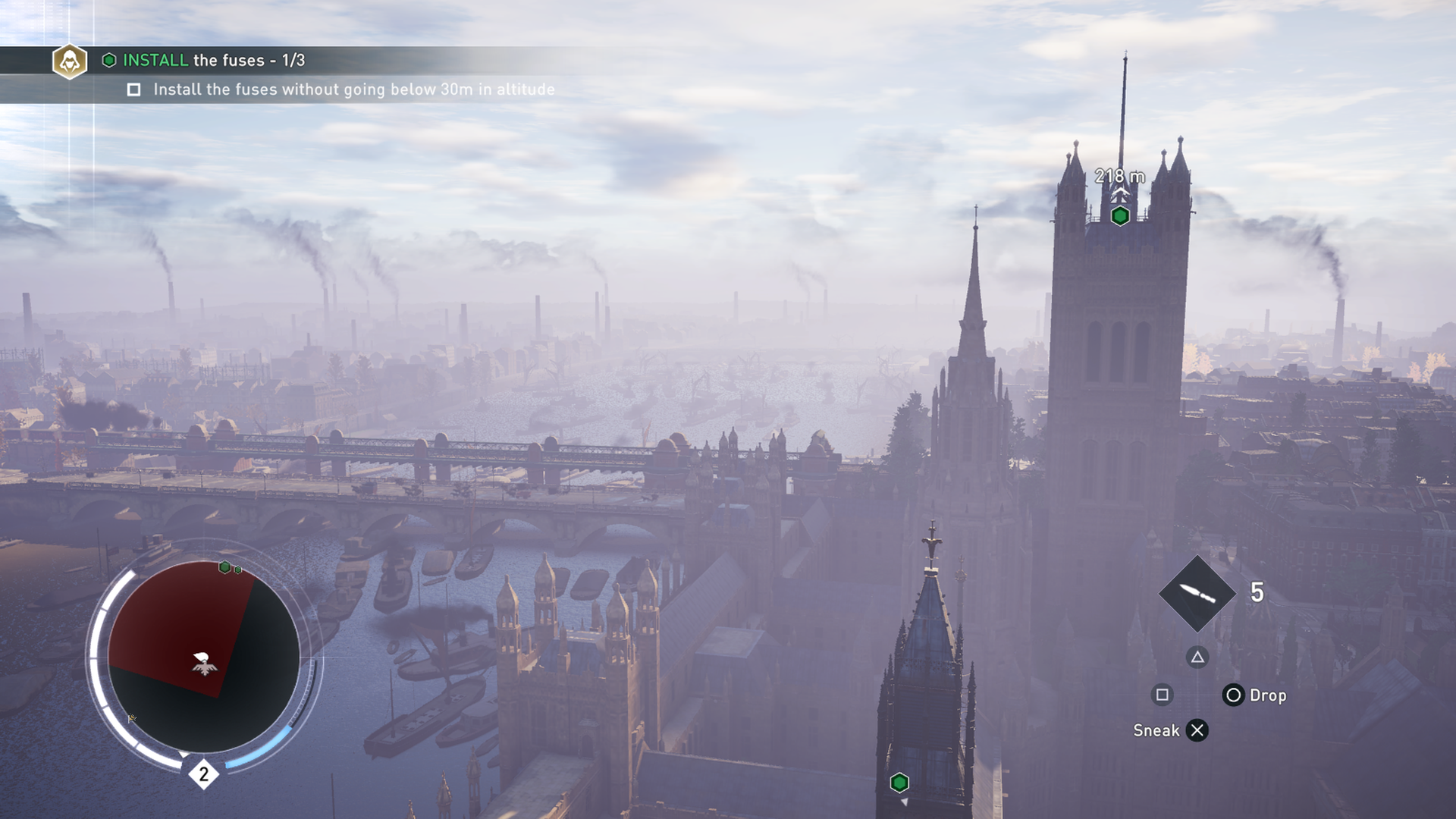
-
Assassins Creed Syndicate Review 38

-
Assassins Creed Syndicate Review 39
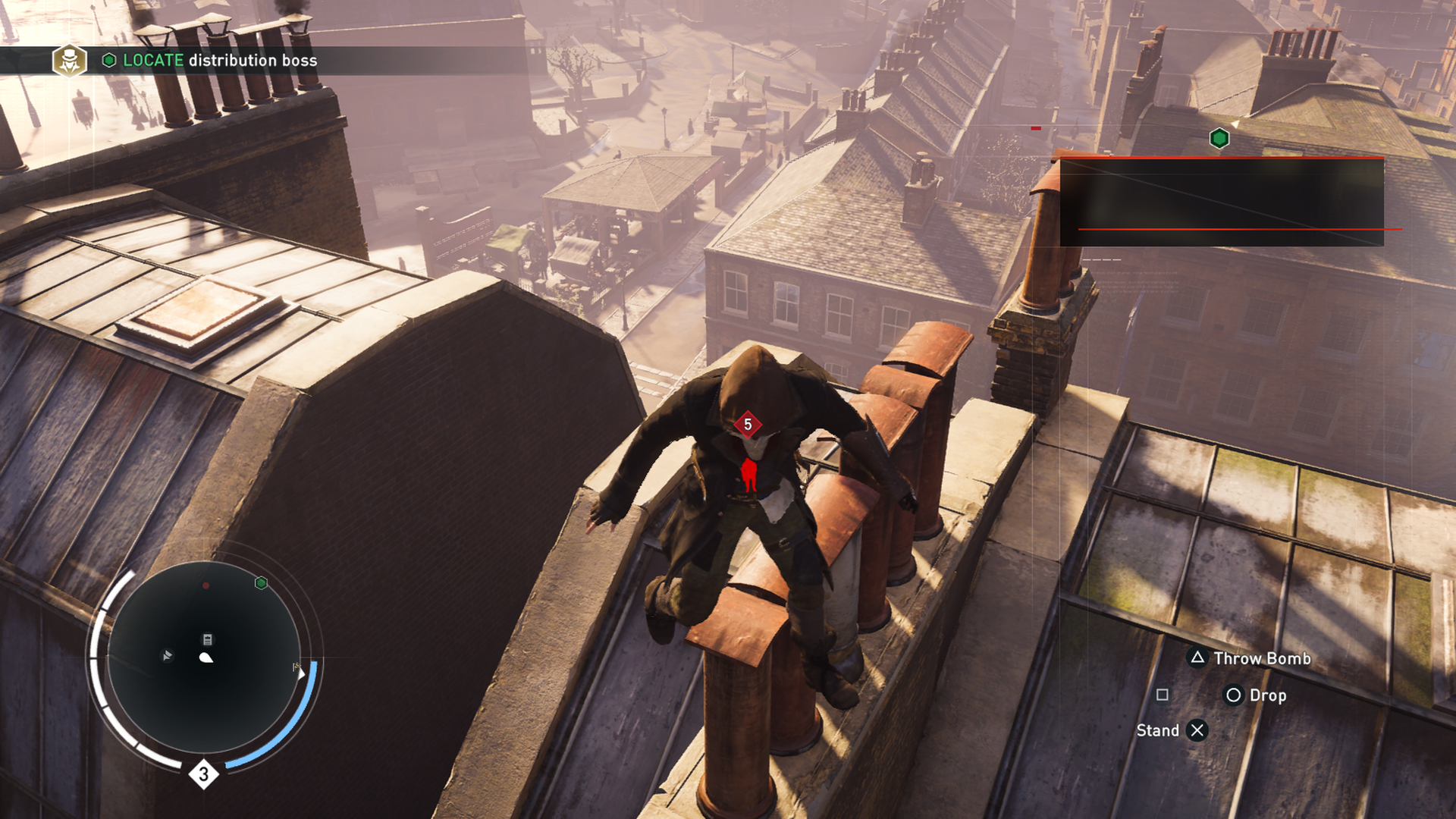
-
Assassins Creed Syndicate Review 40
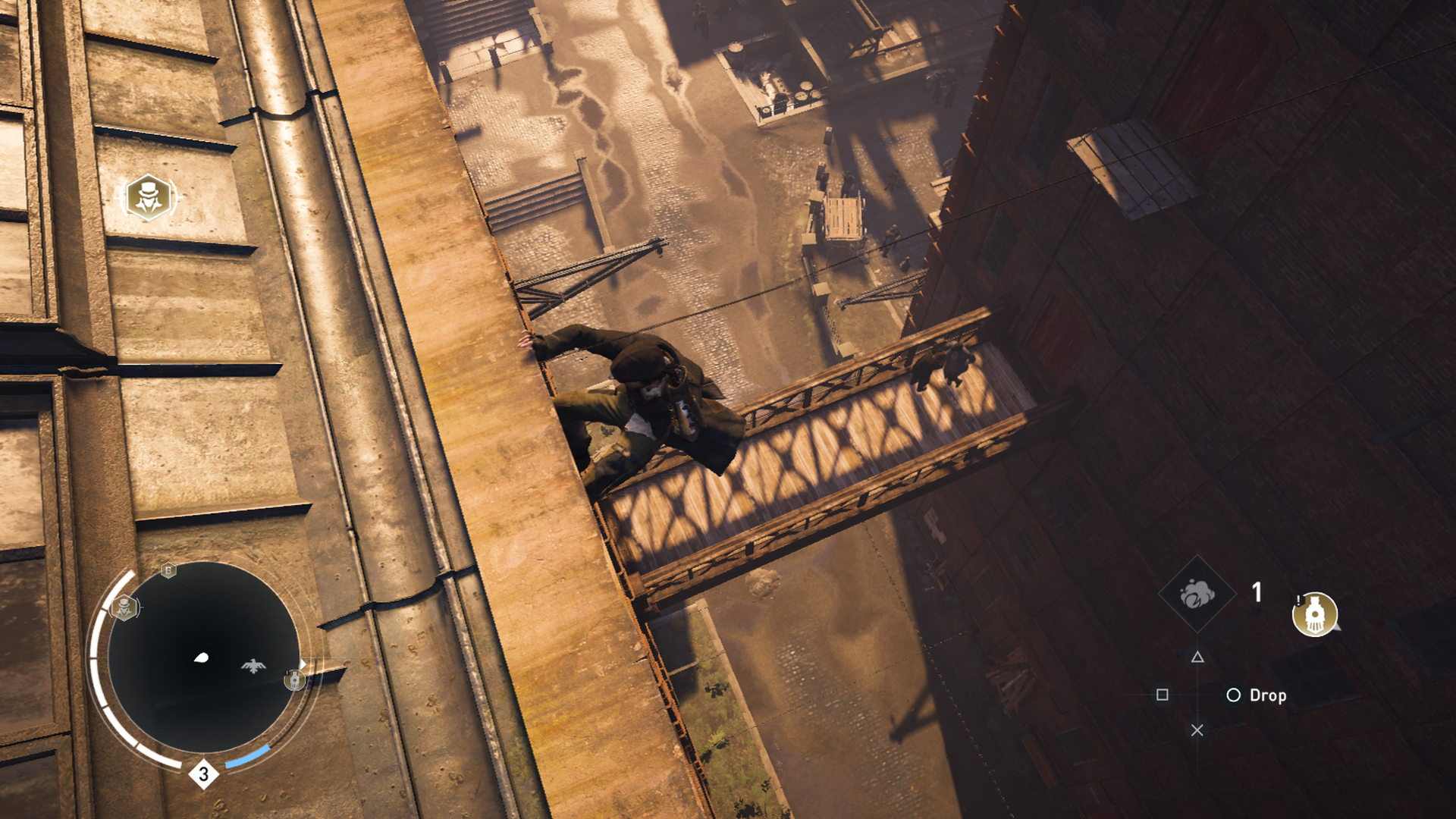
-
Assassins Creed Syndicate Review 41
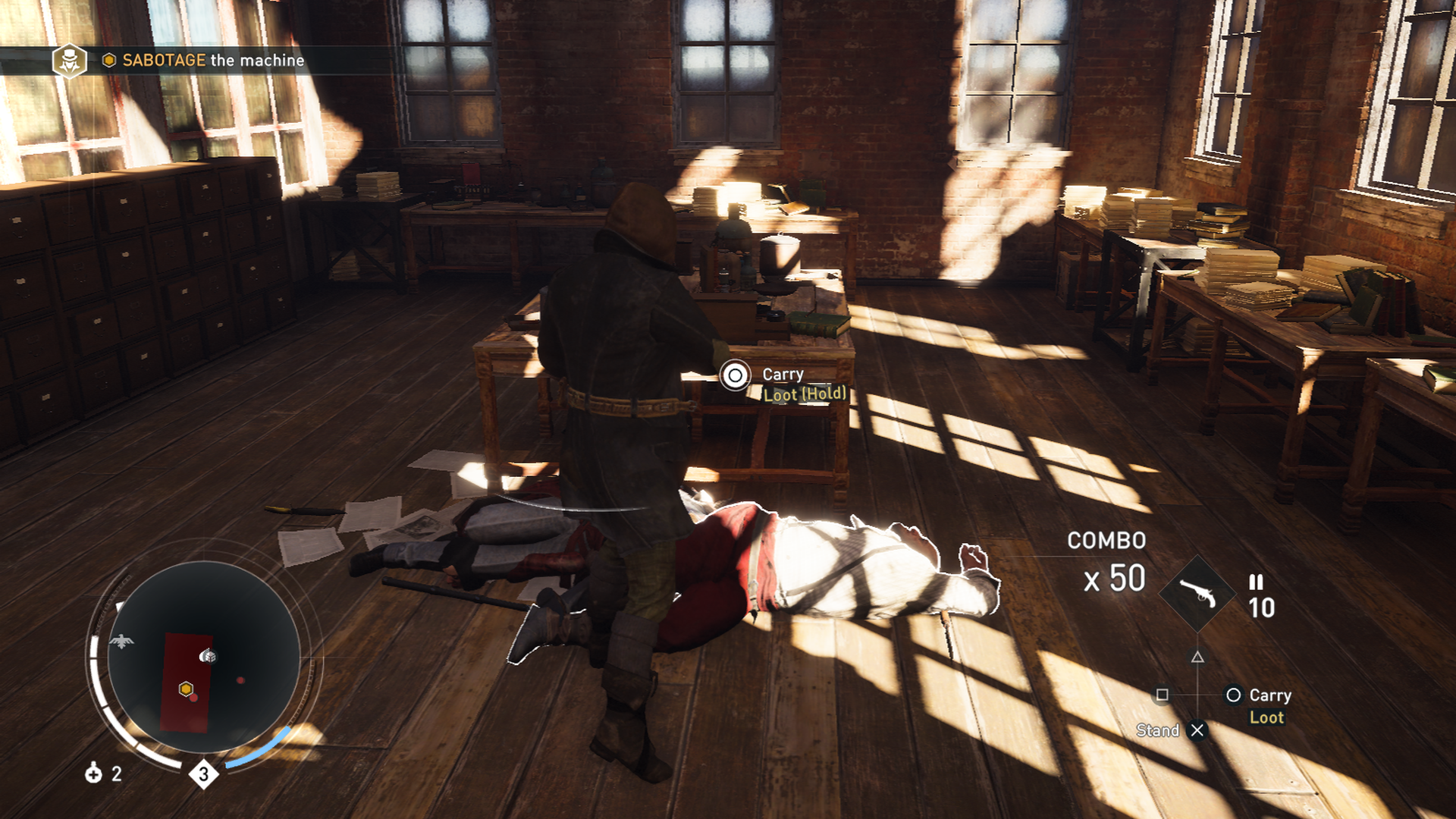
-
Assassins Creed Syndicate Review 42

-
Assassins Creed Syndicate Review 43
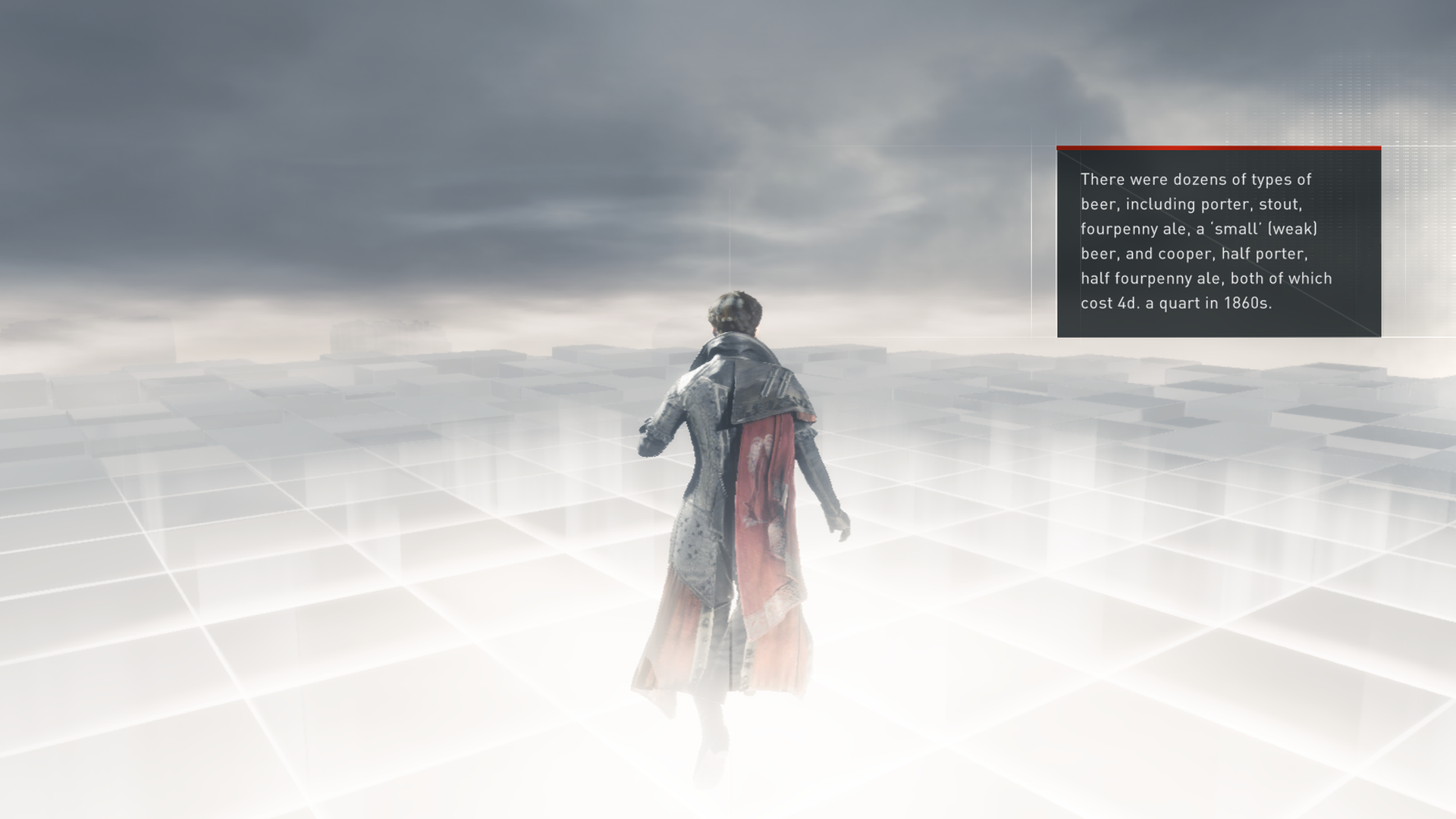
-
Assassins Creed Syndicate Review 44
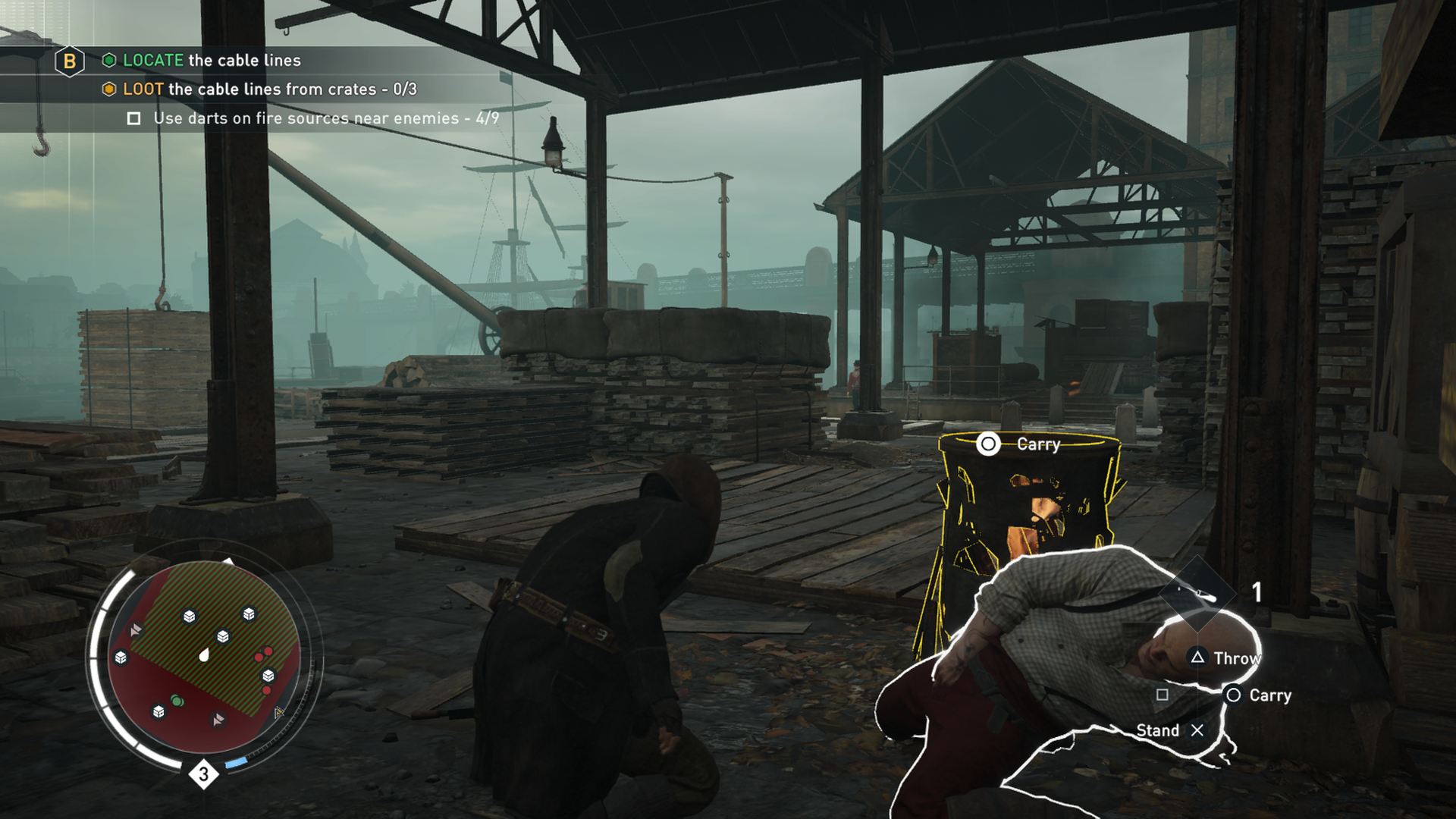
-
Assassins Creed Syndicate Review 45

-
Assassins Creed Syndicate Review 46
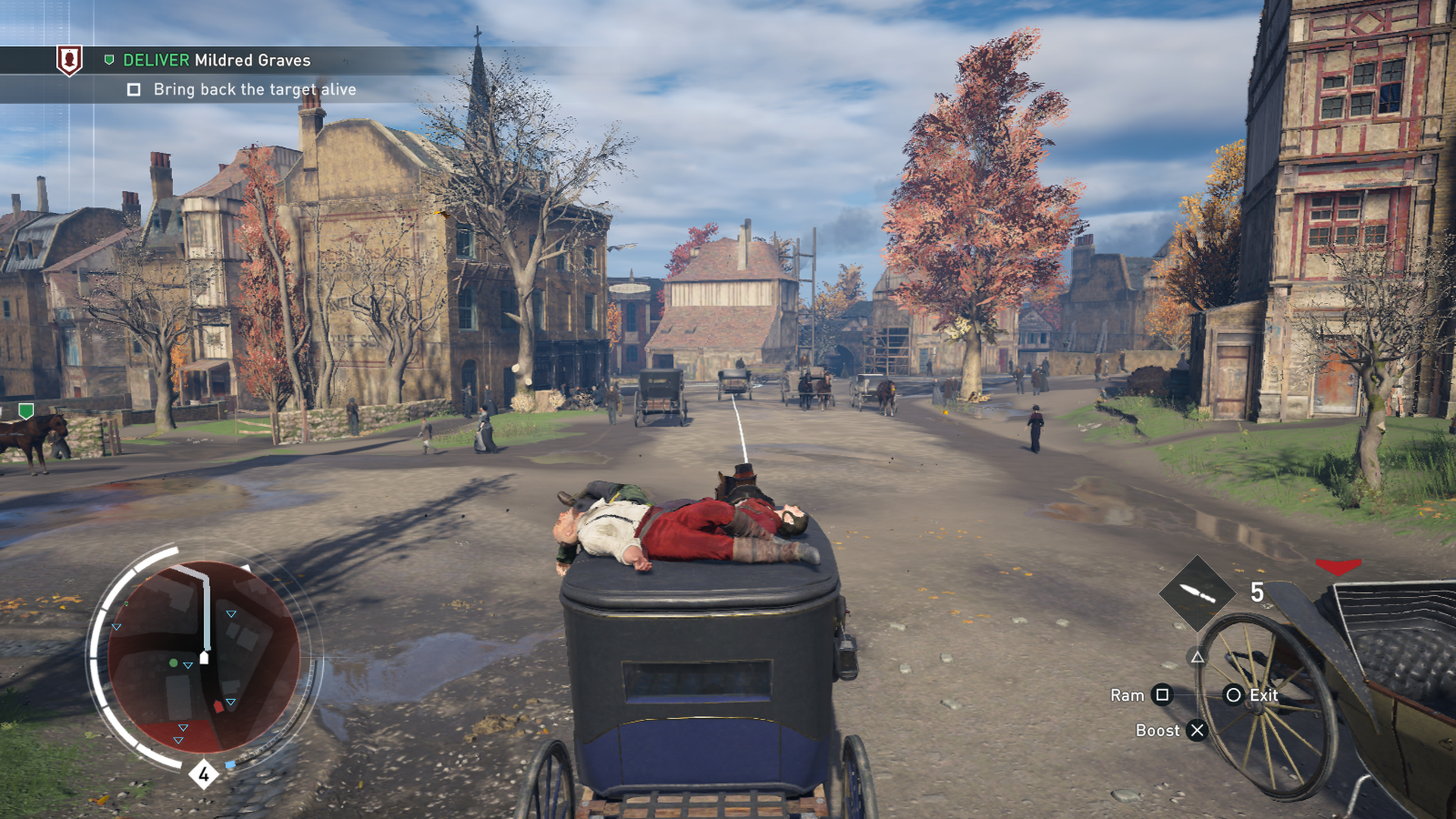
-
Assassins Creed Syndicate Review 47
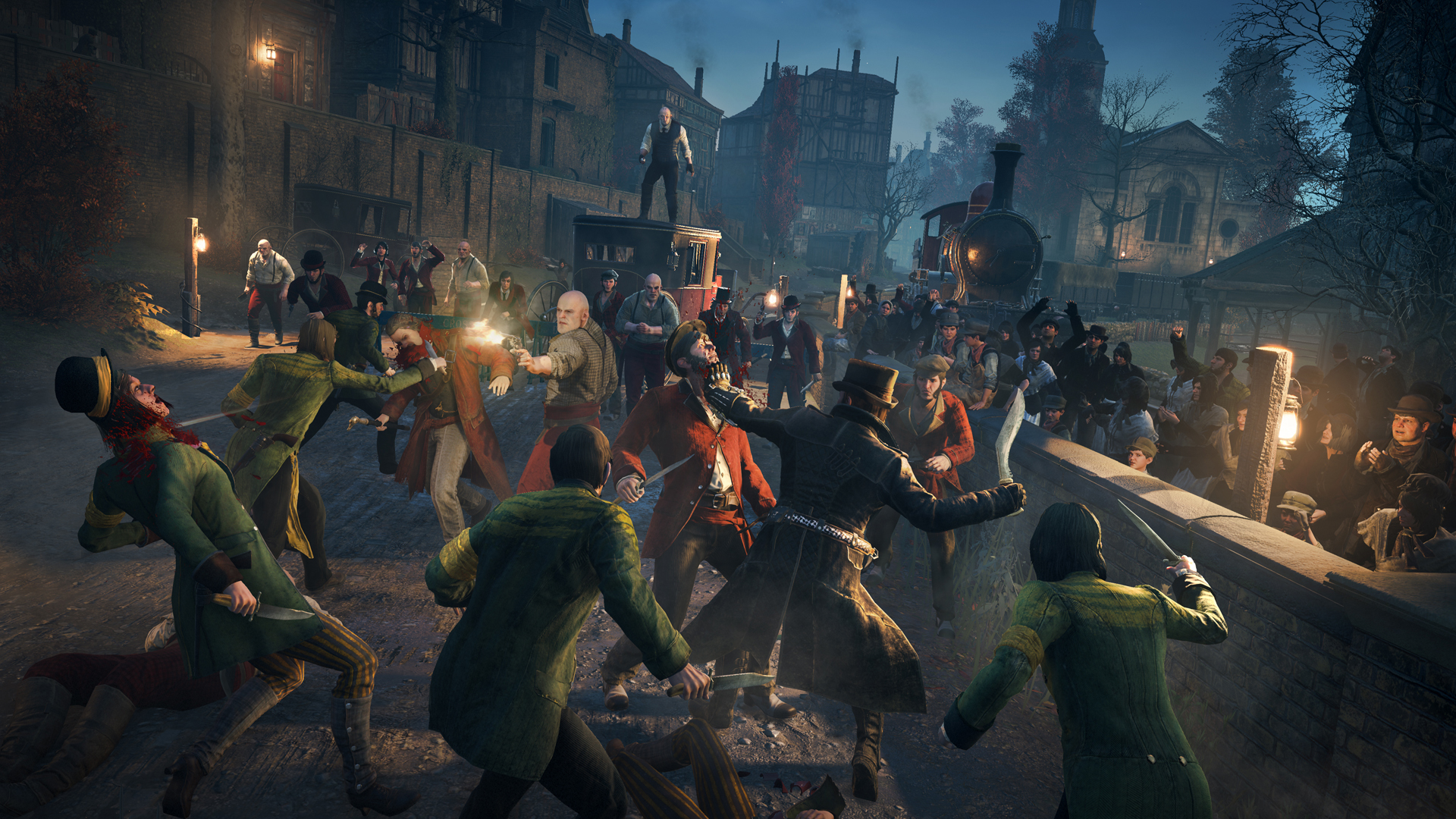
-
Assassins Creed Syndicate Review 48

-
Assassins Creed Syndicate Review 49

-
Assassins Creed Syndicate Review 49

-
Assassins Creed Syndicate Review 50
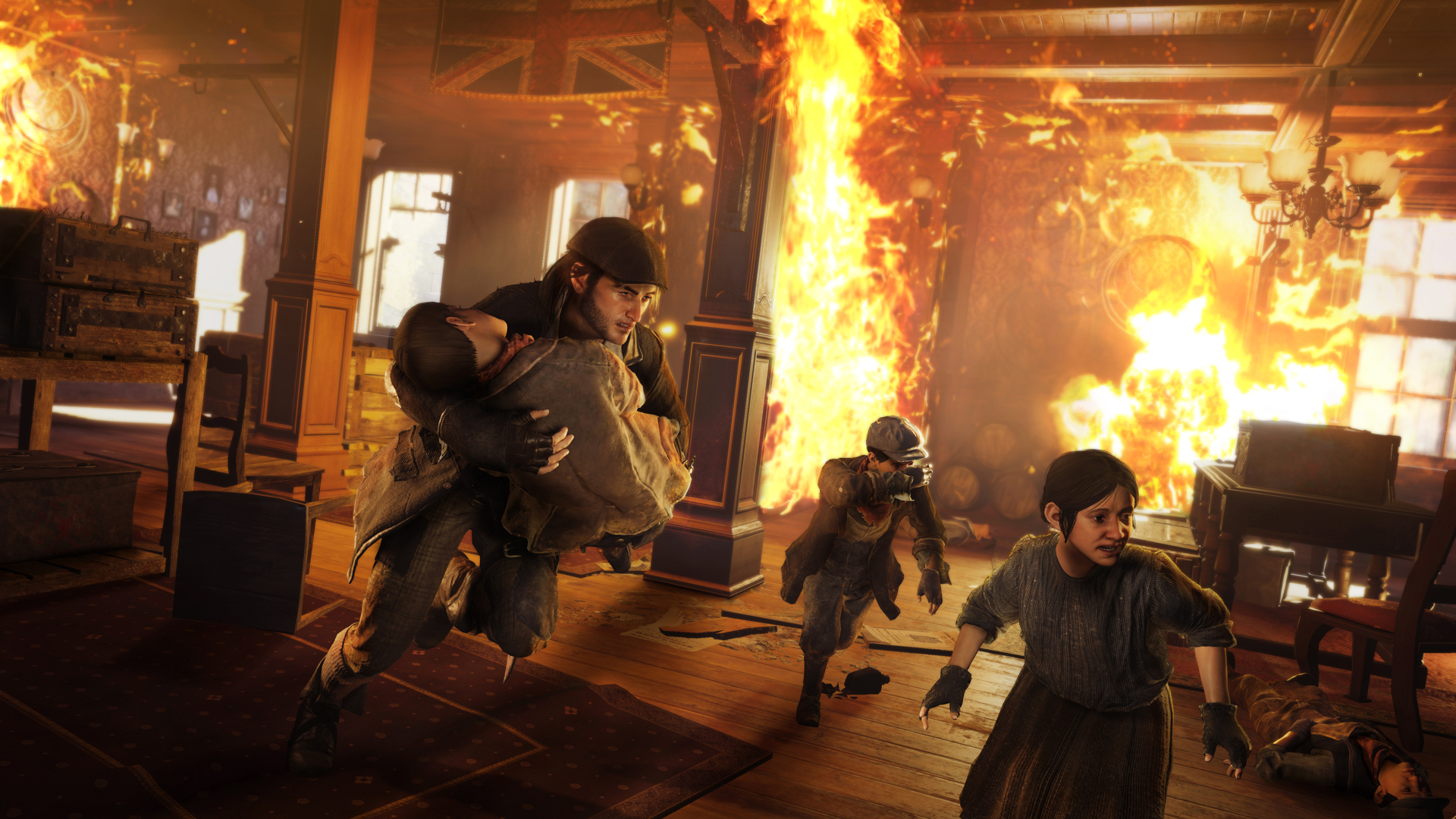
-
Assassins Creed Syndicate Review 51
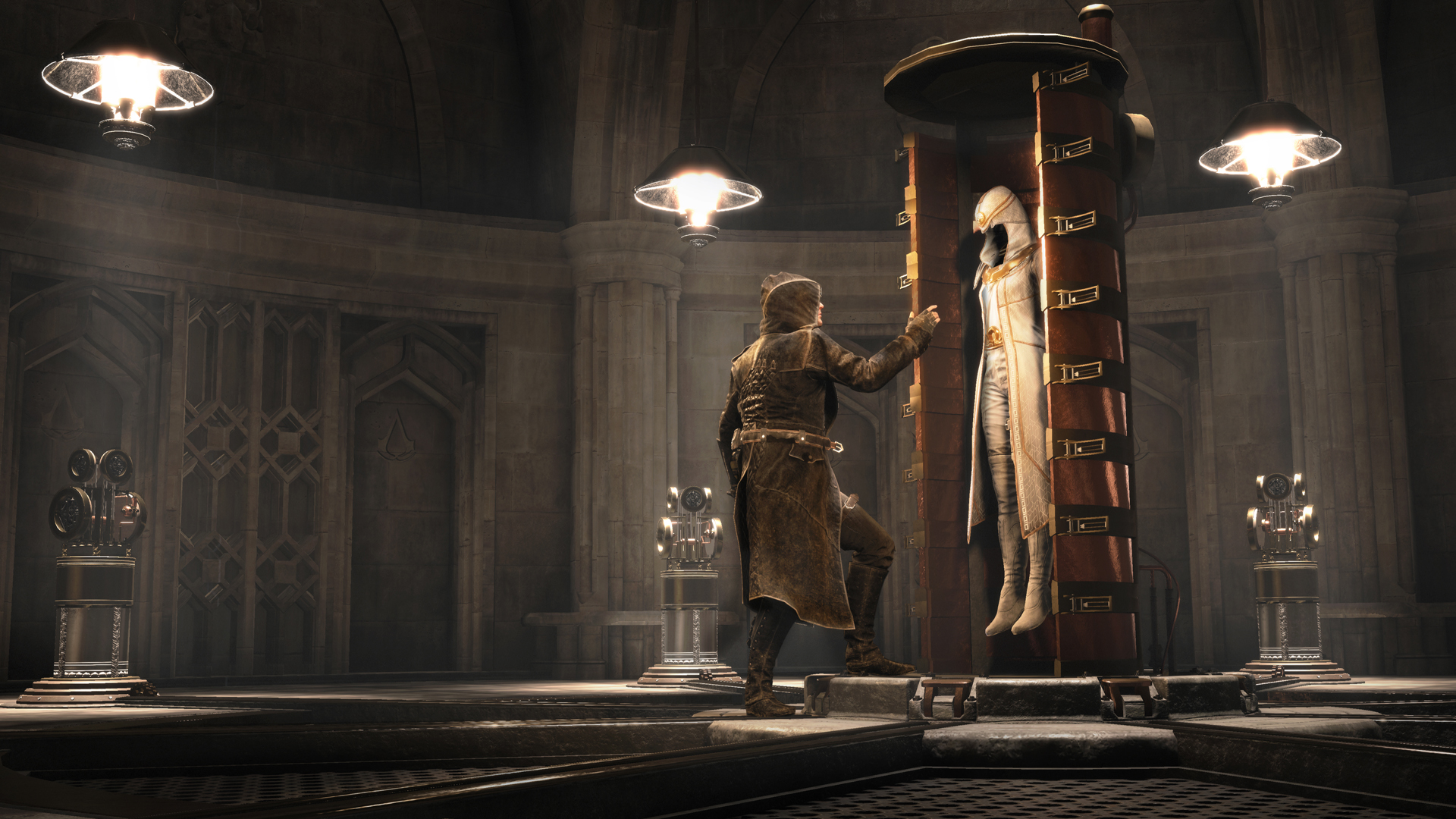
-
Assassins Creed Syndicate Review 52
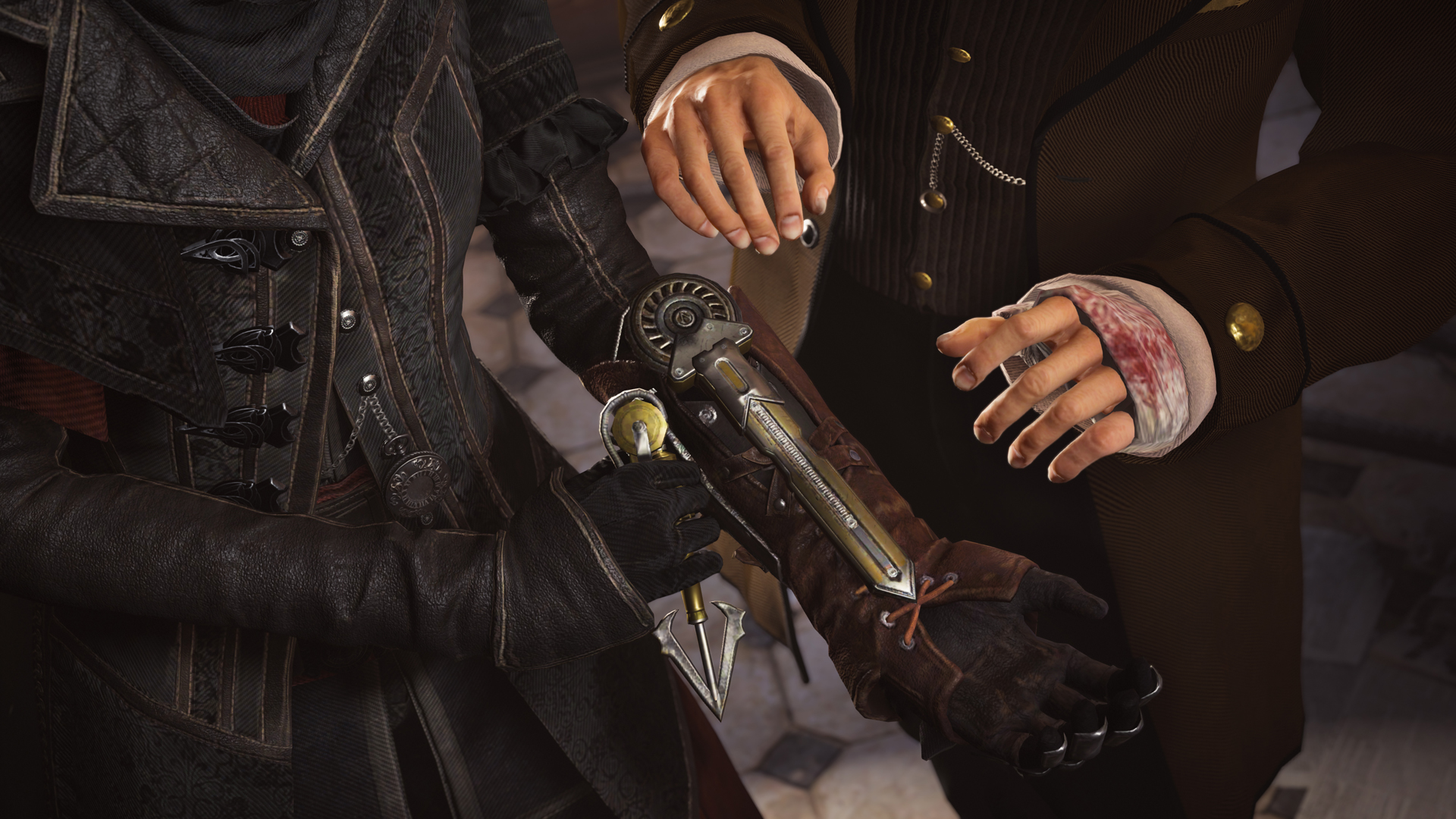
-
Assassins Creed Syndicate Review 53
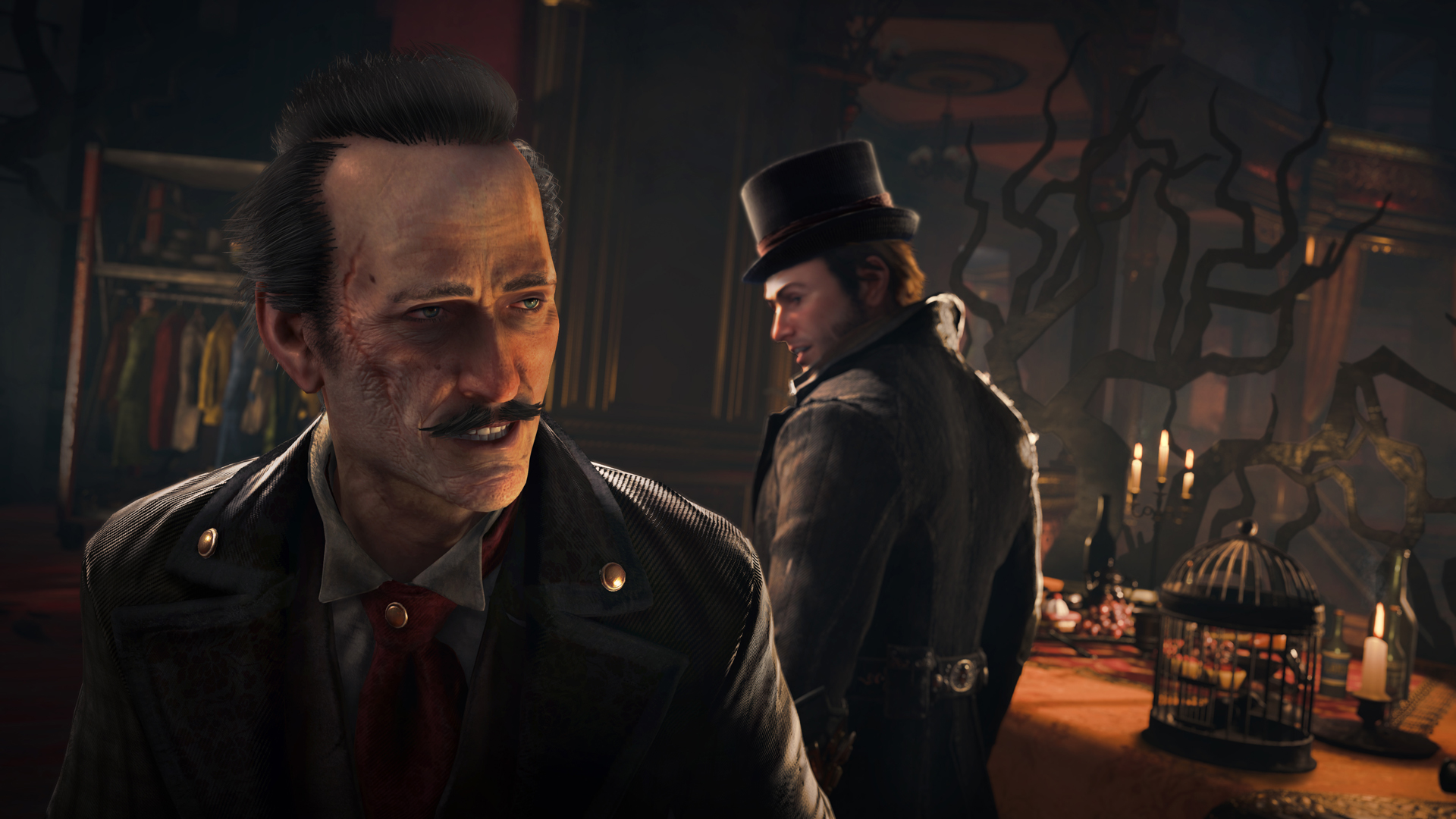
-
Assassins Creed Syndicate Review 54
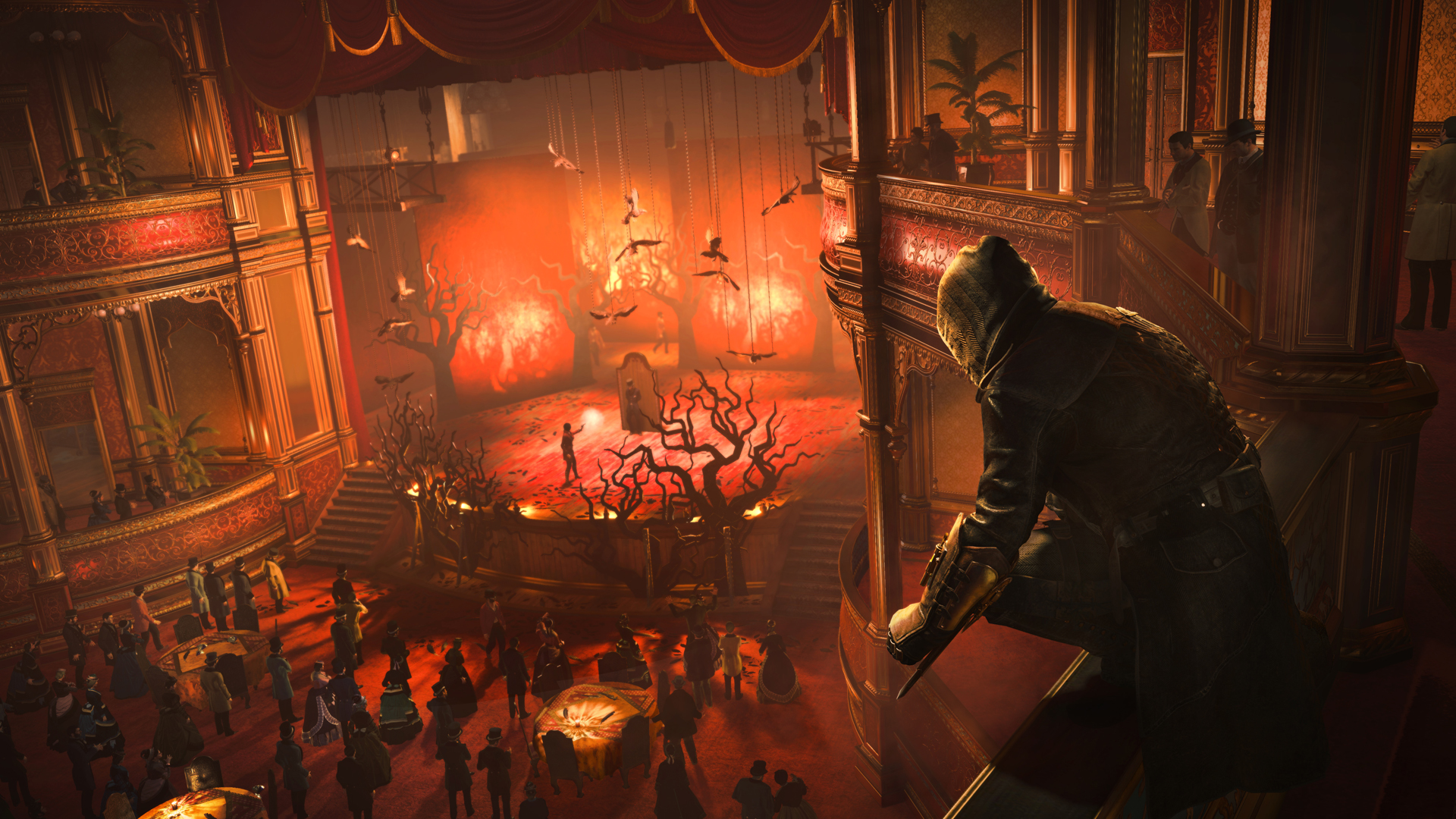
-
Assassins Creed Syndicate Review 55
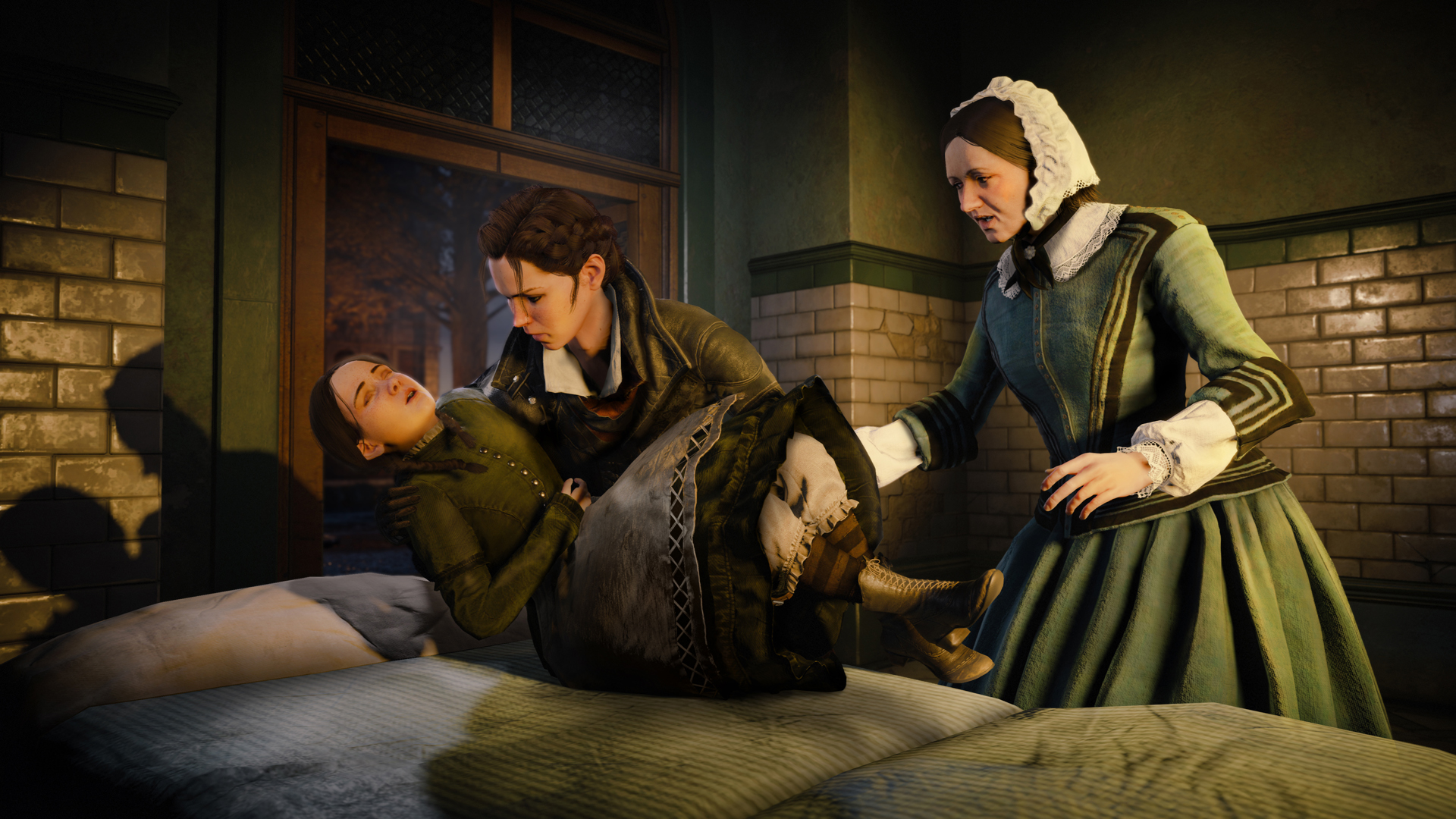
-
Assassins Creed Syndicate Review 56
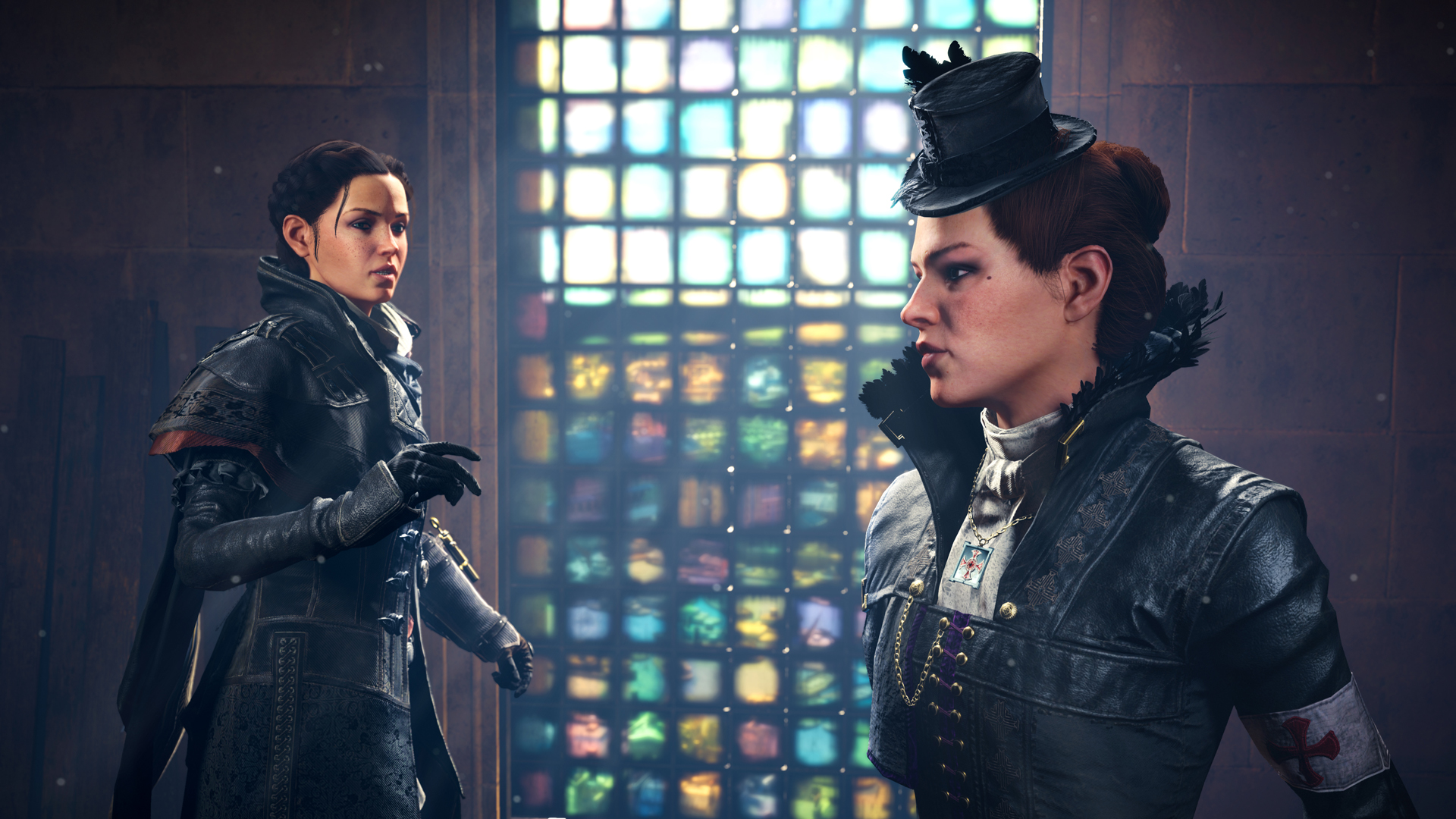
-
Assassins Creed Syndicate Review 57
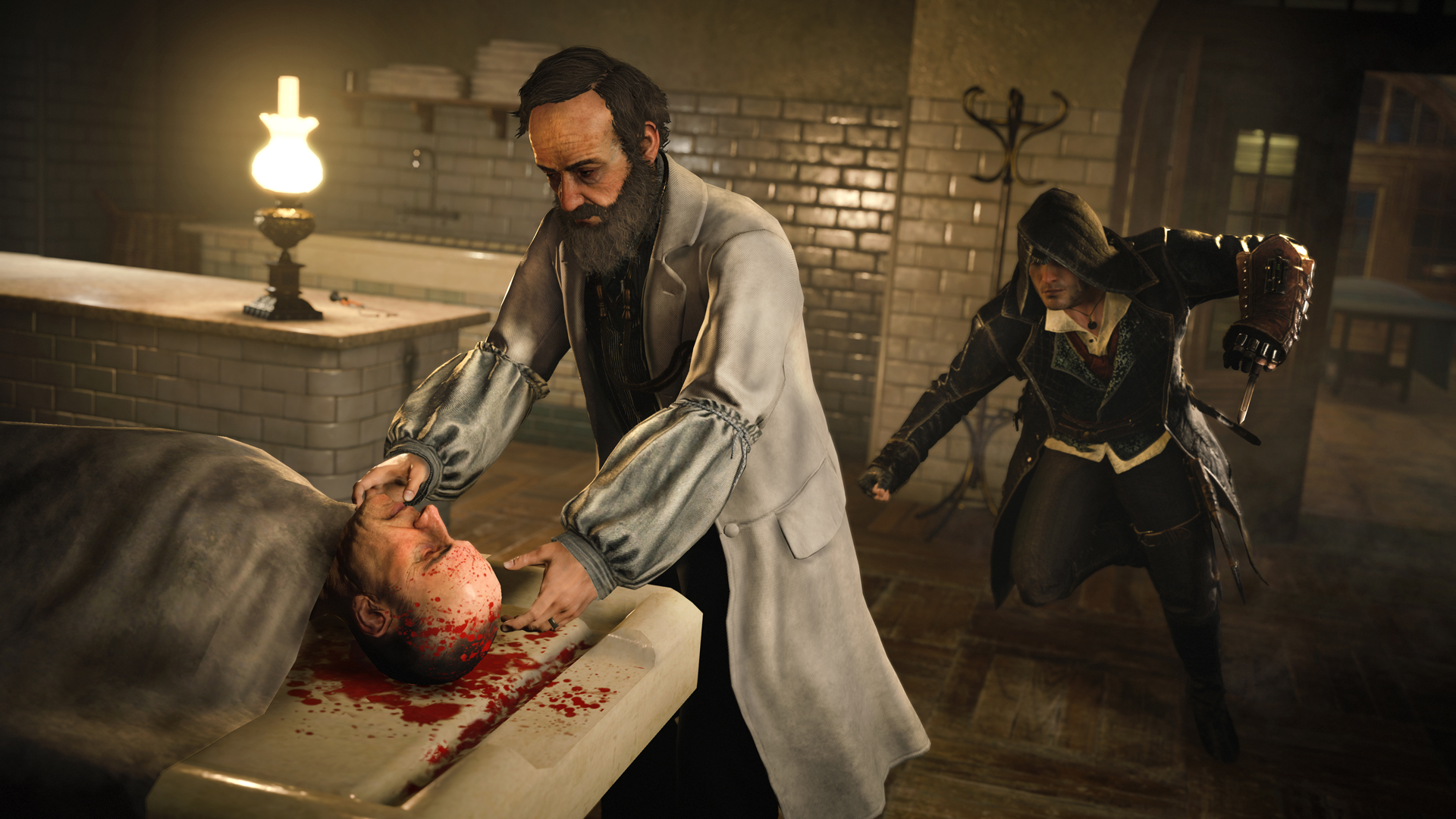
-
Assassins Creed Syndicate Review 58
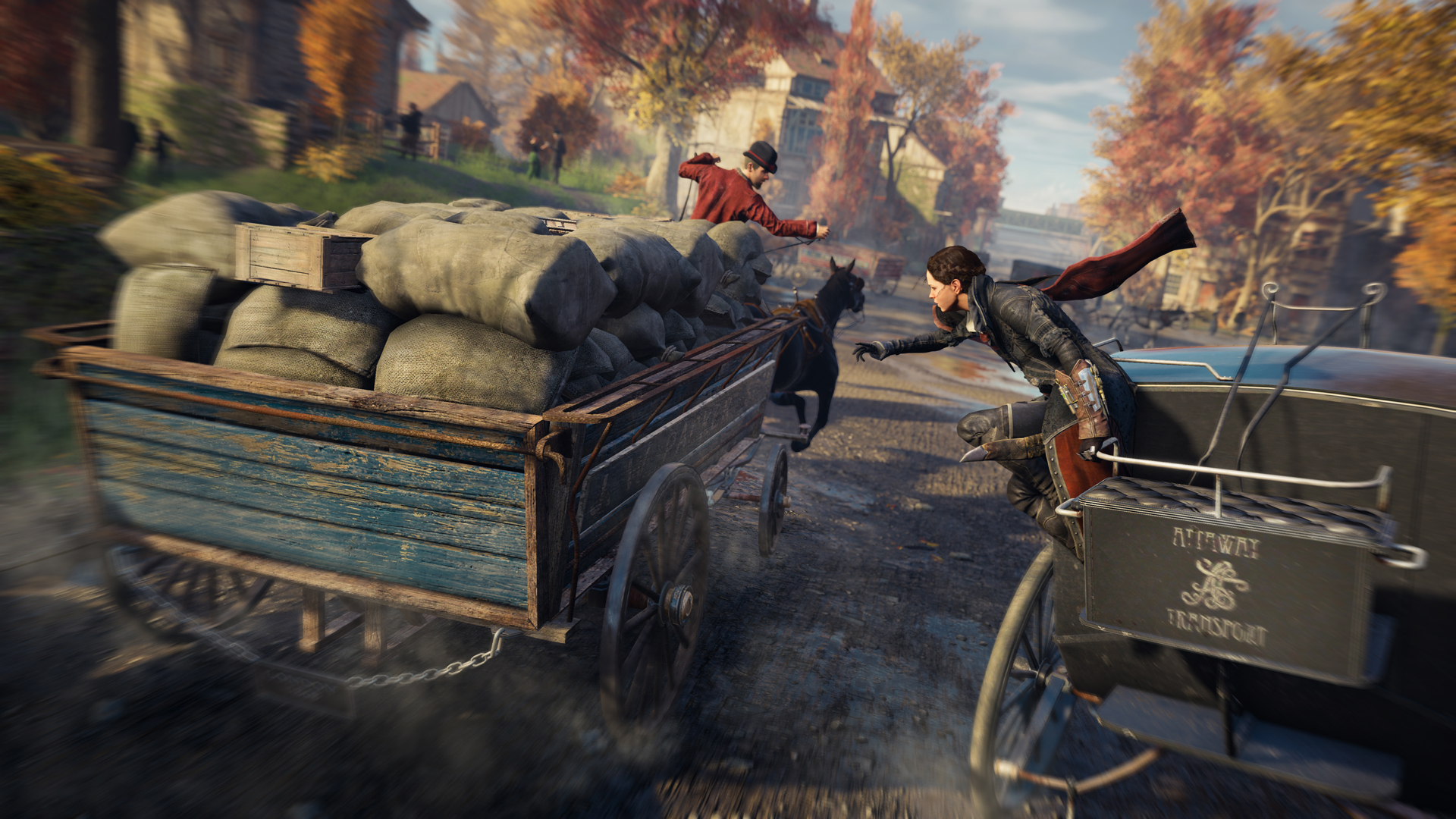
-
Assassins Creed Syndicate Review 59

-
Assassins Creed Syndicate Review 60
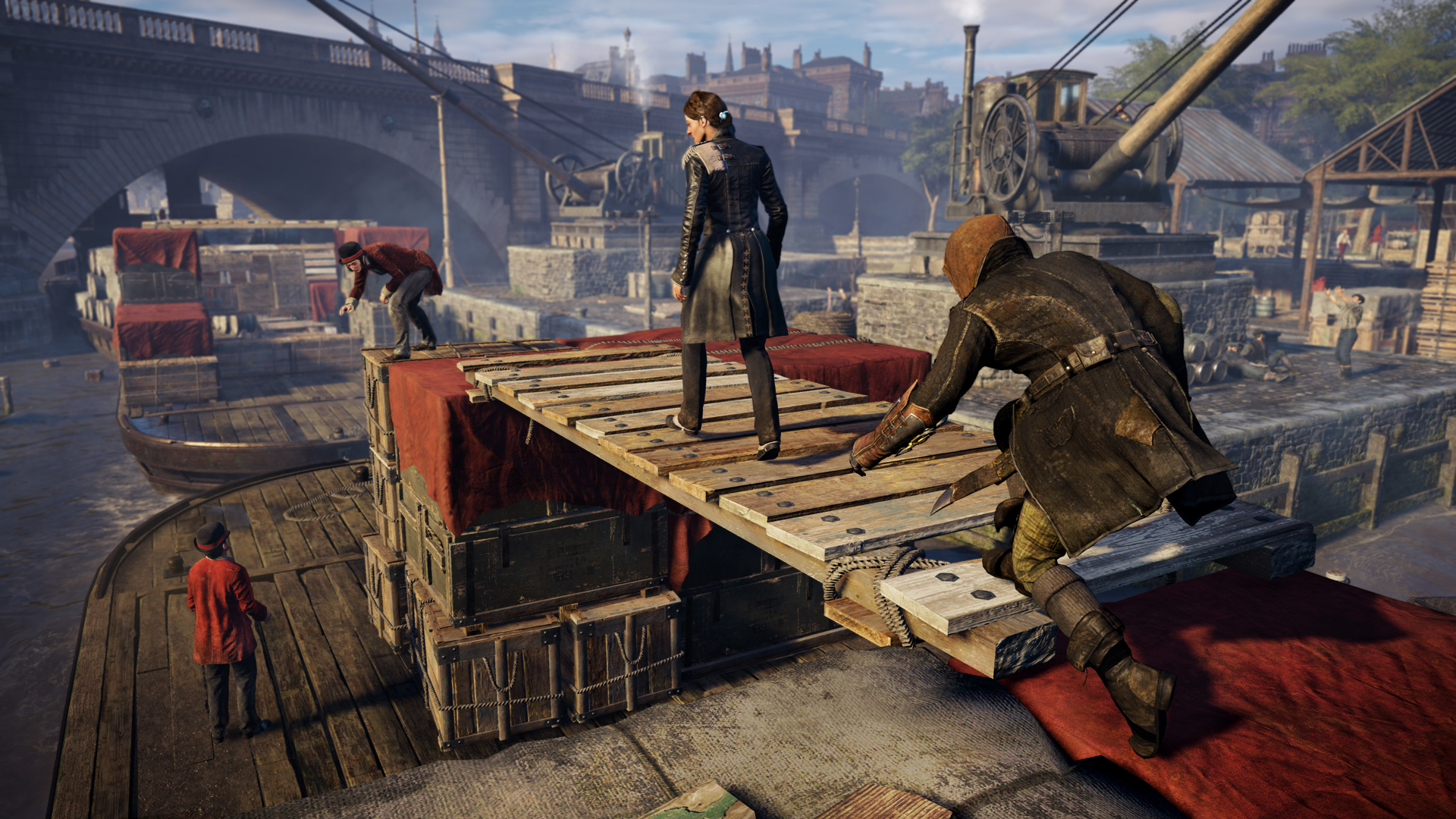
-
Assassins Creed Syndicate Review 61
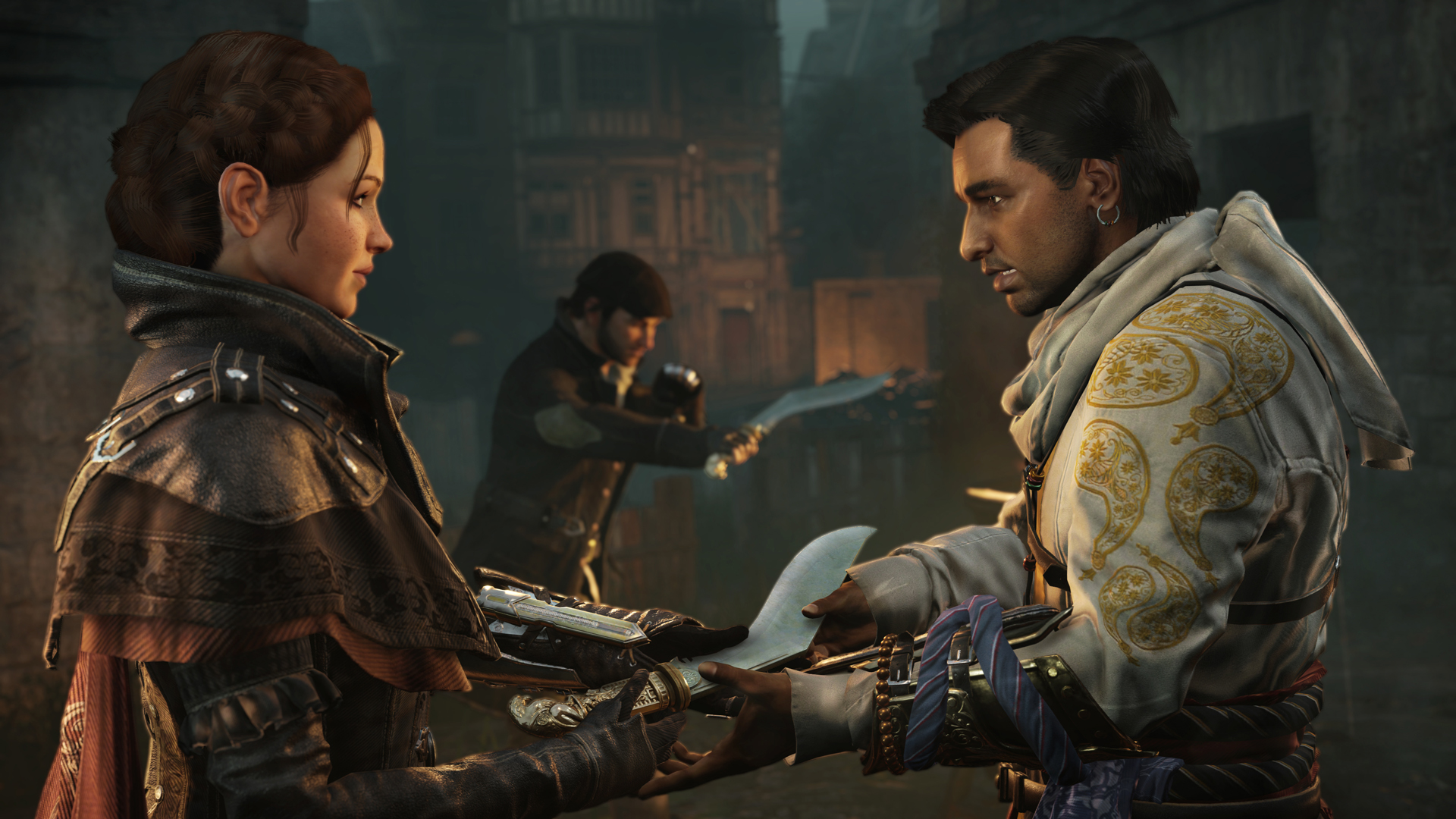
-
Assassins Creed Syndicate Review 62

